Sun-splashed breakfasts, bug-free dinners, and storm-proof movie nights all start with a well-planned patio enclosure. Home-improvement analysts say outdoor rooms can boost resale value by up to 12 percent because they extend functional living space without a costly foundation. From modular screen kits you can assemble in a weekend to hurricane-rated glass walls engineered for 200 mph winds, the 2025 market offers more choices, price points, and eco-smart upgrades than ever. The 25 ideas below walk you through styles, materials, and code tips so you can match ambition to budget — then start enjoying your patio in every season.
1. Screened-In Patio Oasis

Bugs buzzing at twilight can ruin an evening, so a classic screened-in patio enclosure remains a crowd-pleaser. Using aluminum framing and fiberglass mesh keeps costs manageable while resisting corrosion, and today’s kits arrive in pre-cut panels that snap together over a weekend. Because the screen walls still breathe, you enjoy natural breezes, but they deflect 95 percent of flying insects and most wind-borne debris. Add a ceiling fan and low-glare LED lights, and suddenly the patio becomes an airy living room for three seasons. Lifestyle remodelers report screened rooms recoup roughly 72 percent of their investment at resale.
2. Four-Season Sunroom Conversion
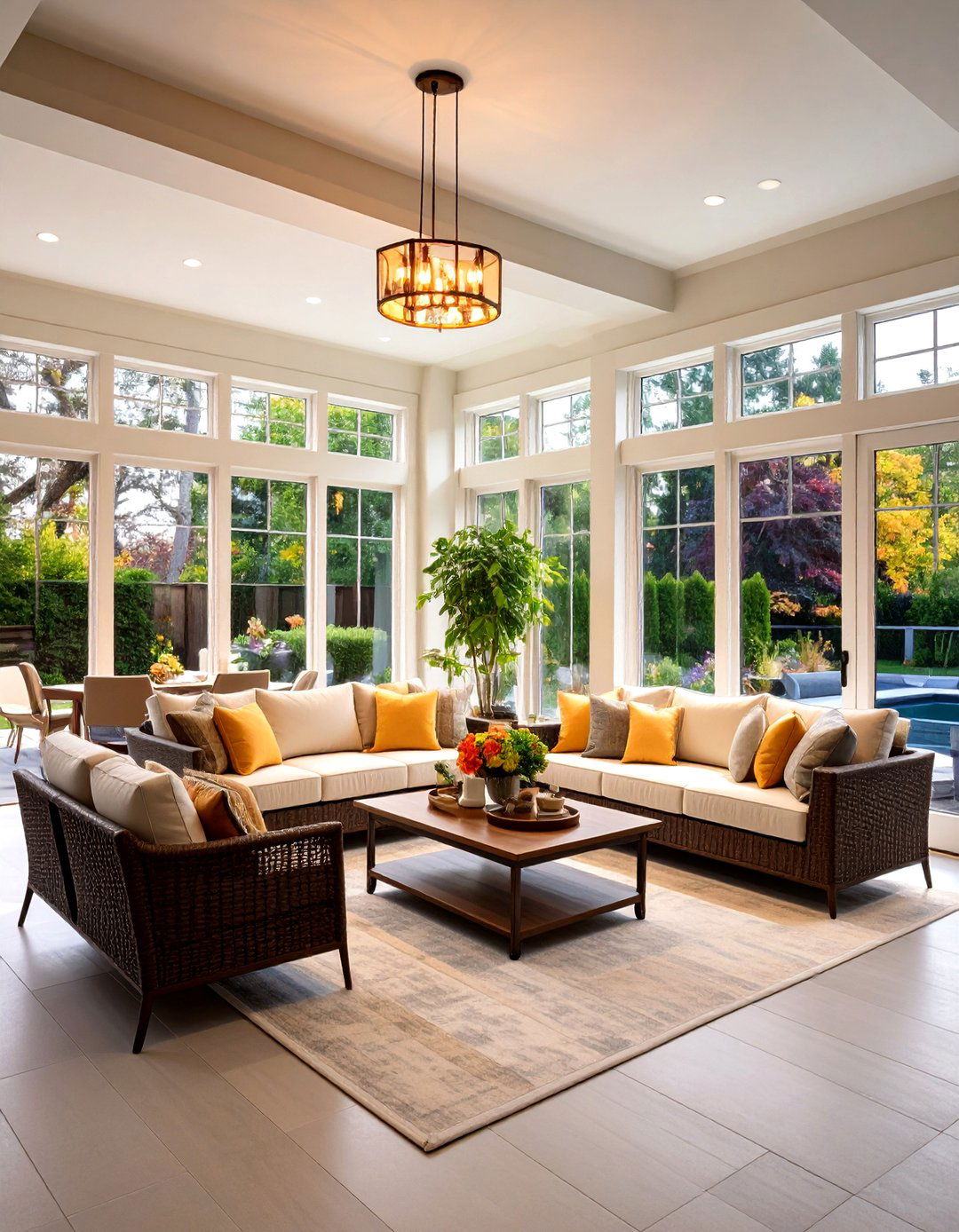
Imagine sipping cocoa while snow falls softly beyond glass walls — that’s the magic of converting a patio into a four-season sunroom. Insulated Low-E windows, a poured stem-wall, and HVAC tie-in turn the enclosure into conditioned space that meets energy codes. National cost guides place the investment between US $20, 000 and $100, 000 depending on size and finishes, but homeowners say the extra square footage feels like a new wing of the house. Add dimmable LED uplights and motorized blinds, and the patio enclosure instantly becomes a bright studio by day and cozy lounge by night.
3. Retractable Mesh Screen Walls
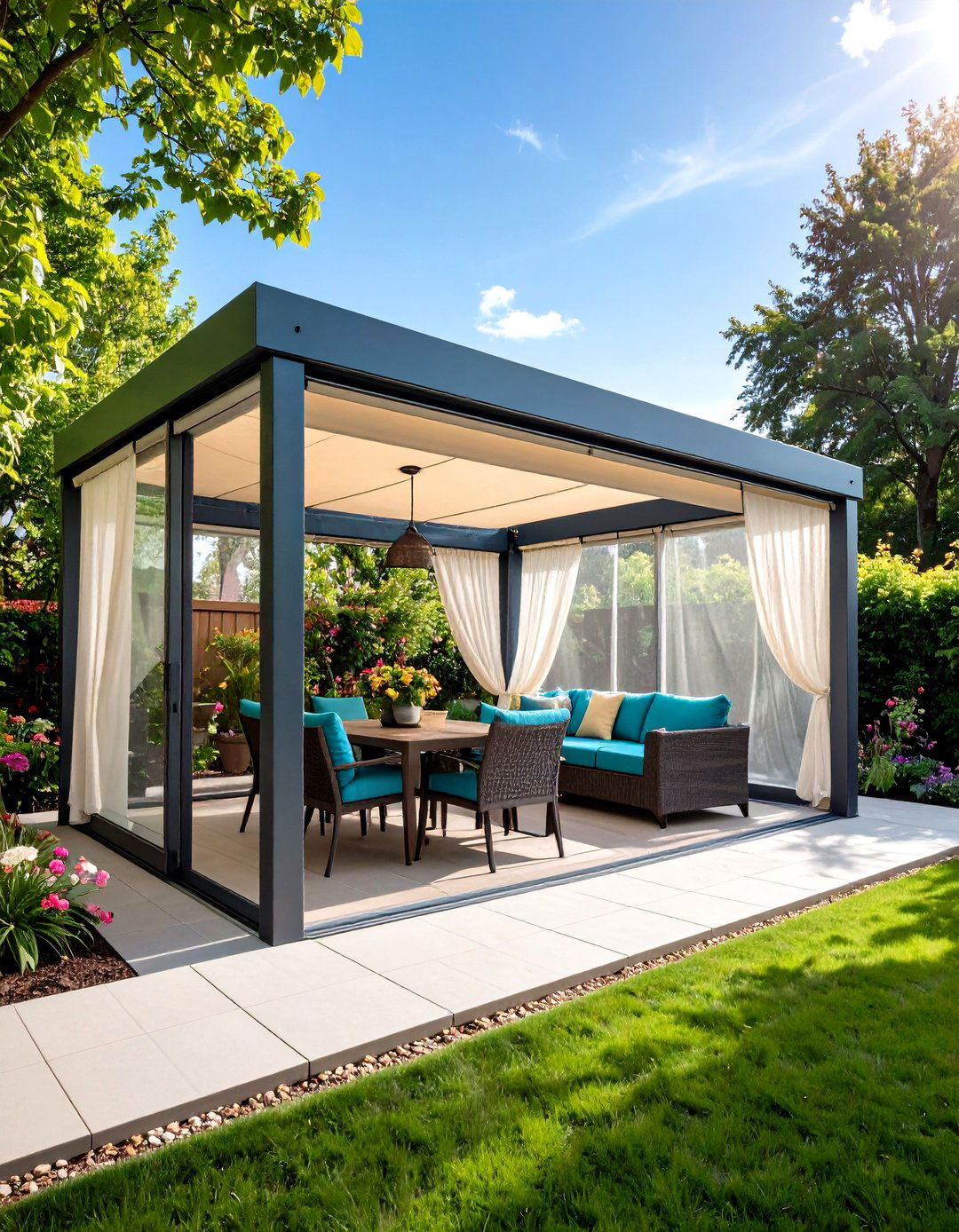
On breezy days, nothing beats hitting a button and watching full-height mesh walls glide out of sight. Motorized retractable screen enclosures mount to beams or soffits, sealing insects out when down and framing unobstructed views when retracted. Designers praise them for weather protection without permanent visual barriers, while homeowners love the privacy they provide on demand. Choose marine-grade powder-coated aluminum cartridges and UV-resistant mesh so the system survives sun and salt spray. Combined with a pergola roof, retractables create a convertible patio enclosure that breathes like a veranda but closes like a porch.
4. Sliding Glass Panel Pavilion
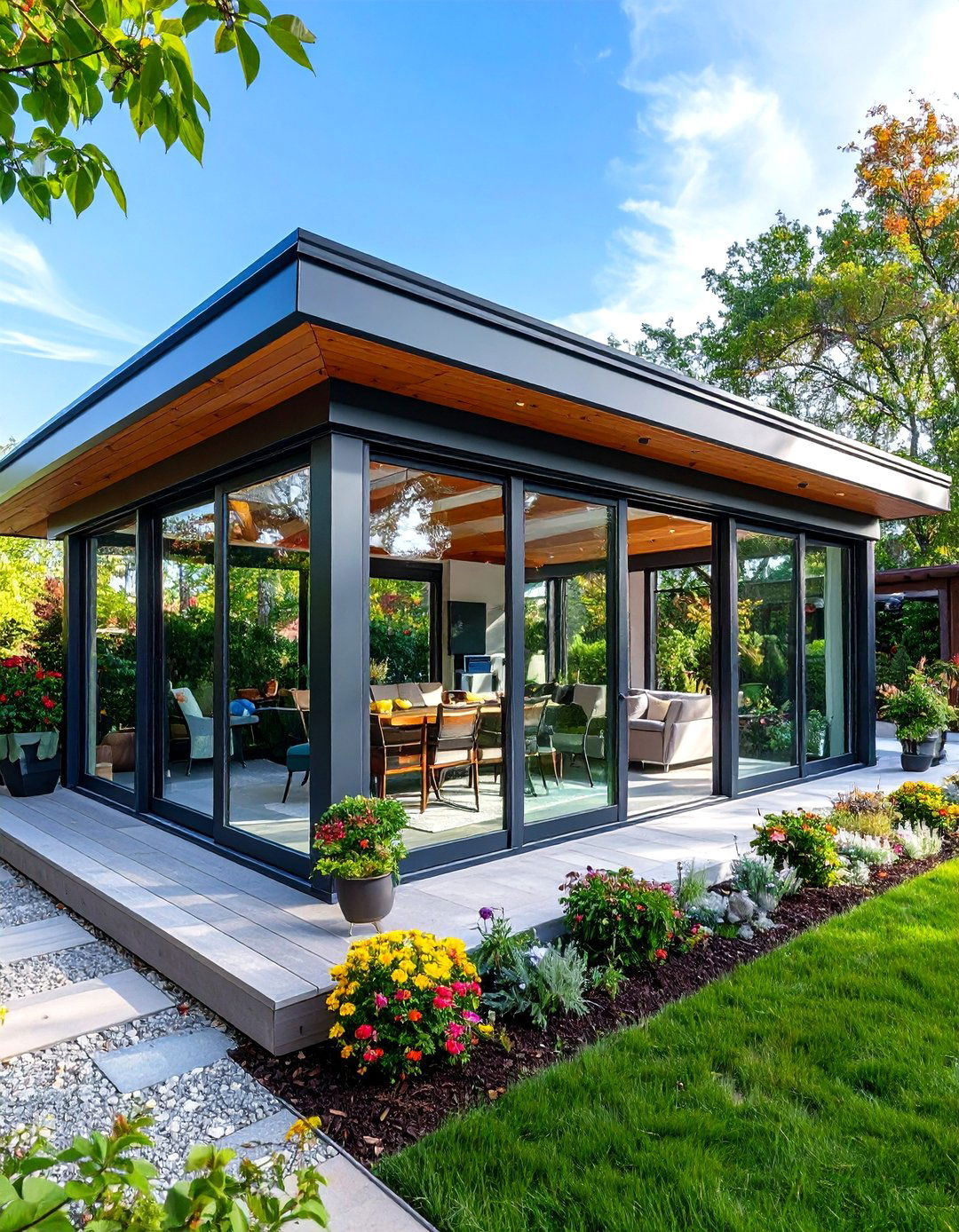
Frameless sliding-glass panels bring a sleek European vibe to a patio enclosure and act like movable picture windows. Systems such as Alukov’s pergola walls use tempered safety glass that stacks to one side, opening the enclosure fully for summer airflow and sealing tight when winter arrives. Retractable tracks recessed in the floor maintain a flush threshold for accessibility, and optional soft-close dampers keep operation whisper-quiet. Pair the glass with a fixed aluminum or polycarbonate roof for year-round shelter; the result is a light-filled pavilion that blurs indoor-outdoor boundaries without sacrificing weather security.
5. Hardtop Gazebo With Windows
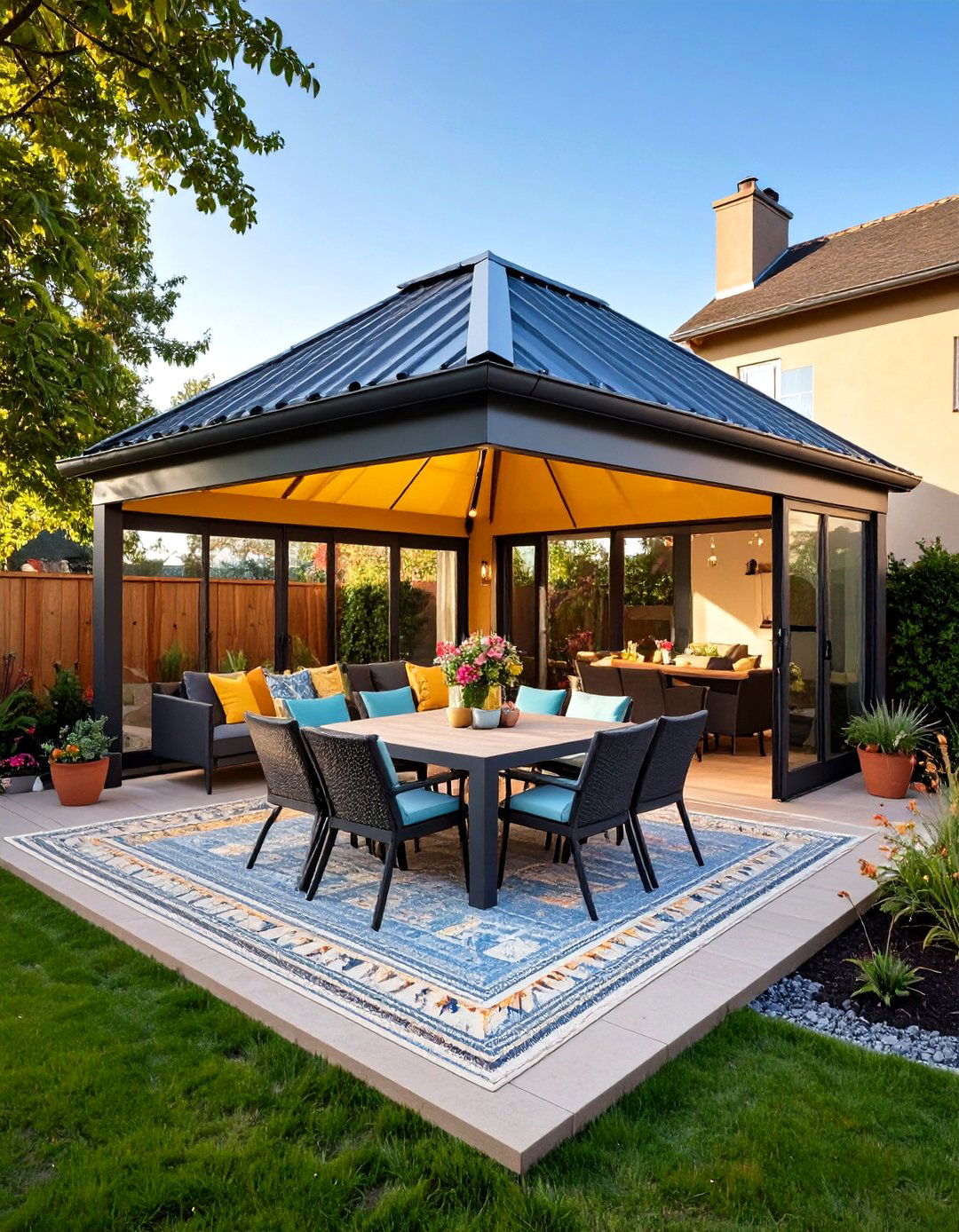
A ready-to-assemble hardtop gazebo can transform a plain slab into a sophisticated patio enclosure in a single weekend. The latest models ship with galvanized-steel double roofs for ventilation, removable screened windows, and magnetic sliding doors that lock for security, all at price points under US $4, 000. Because the structure bolts to existing decking or concrete, permits are rarely required under 200 sq ft, yet you still gain a sheltered dining room that laughs at rain. Add modular outdoor rugs and a wall-mounted infrared heater, and the gazebo evolves from summer cabana to winter sunroom with minimal effort.
6. Biophilic Green Wall Enclosure
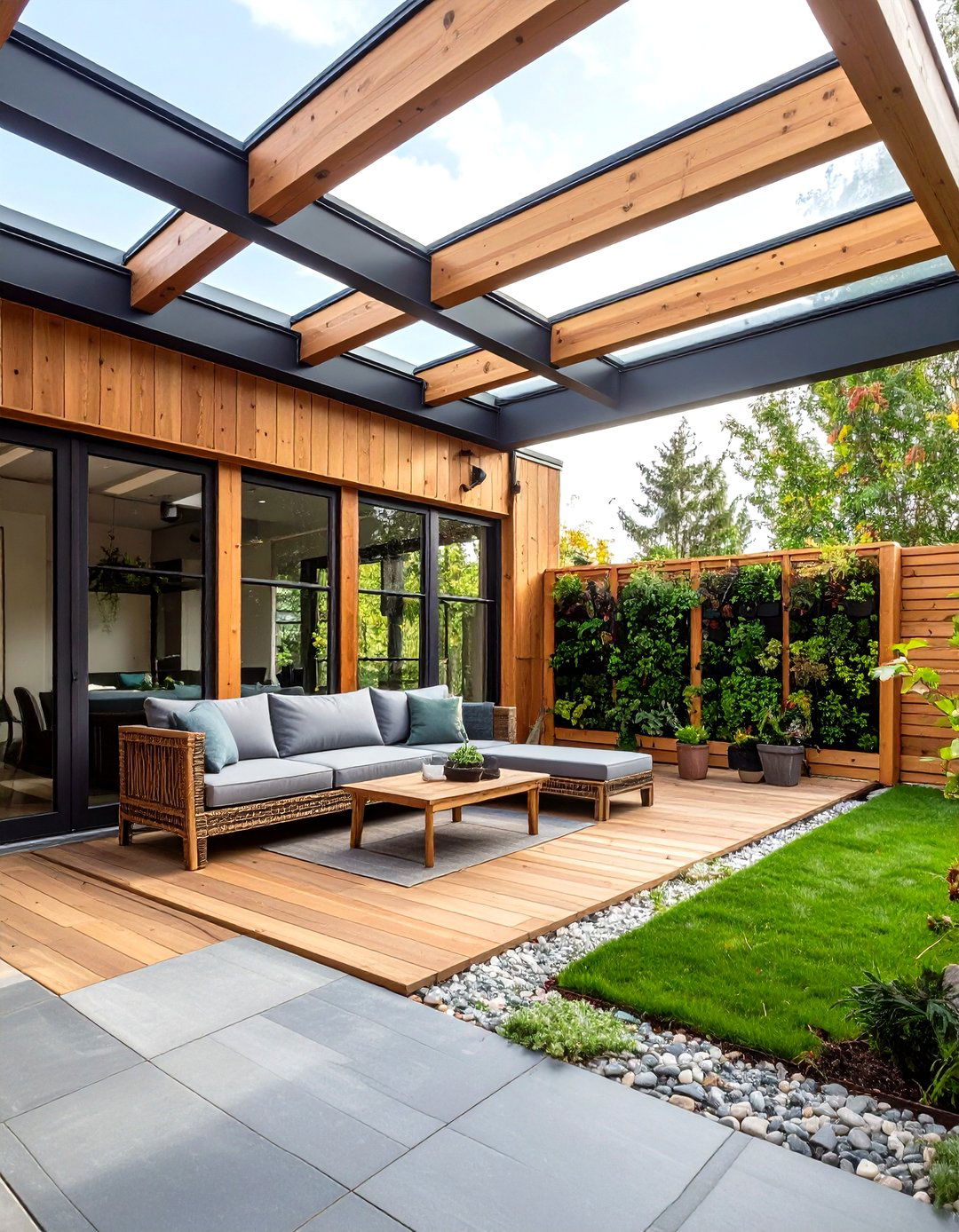
Bringing nature inside the enclosure is more than a trend — it’s a proven stress reducer. 2025 design reports highlight biophilic patio enclosures that weave living plant walls, natural stone, and wooden ceiling slats into the architecture to blur boundaries between garden and home. Build a cedar-framed screen wall, line it with modular felt pockets, and fill them with trailing herbs; the greenery filters air, muffles traffic noise, and perfumes evening meals. Coupled with skylight panels, a living-wall enclosure feels lush even in dense urban lots, turning the patio into a restorative retreat after a day indoors.
7. Pergola With Glass Windbreaks
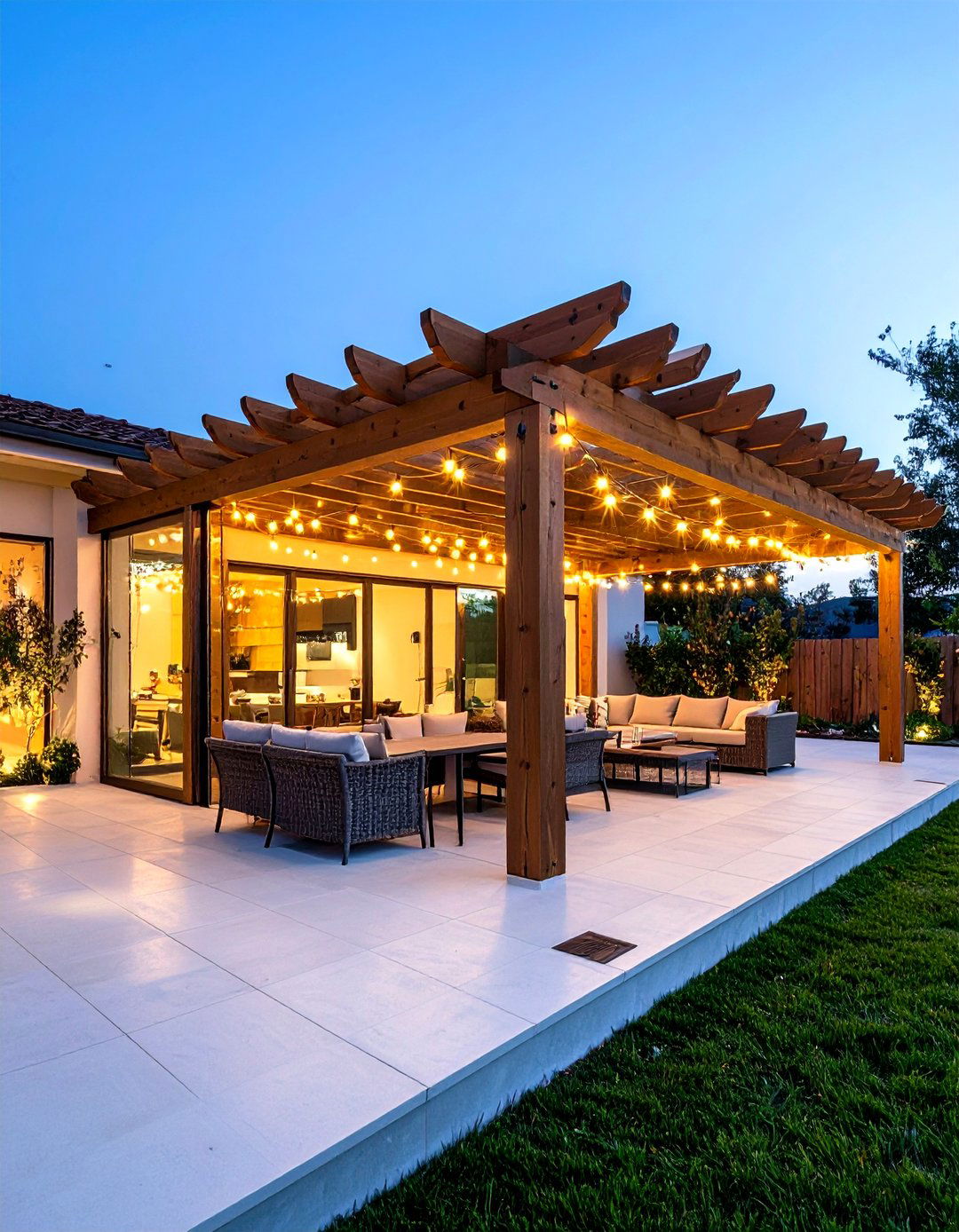
Open-beam pergolas supply coveted dappled shade, but pairing them with detachable glass windbreaks creates a hybrid patio enclosure that blocks chill gusts without sacrificing sky views. Modular glass walls, like the PERGOLUX system, clip into concealed floor channels and can be removed during high-summer heat. Because the pergola’s lattice roof remains vented, humidity doesn’t build up, making the space perfect for grilling. Layer string lights through the rafters, slide the glass back at sunset, and you have an al-fresco dining room that converts back to an open terrace whenever the forecast cooperates.
8. Clear Vinyl Roll-Up Curtains
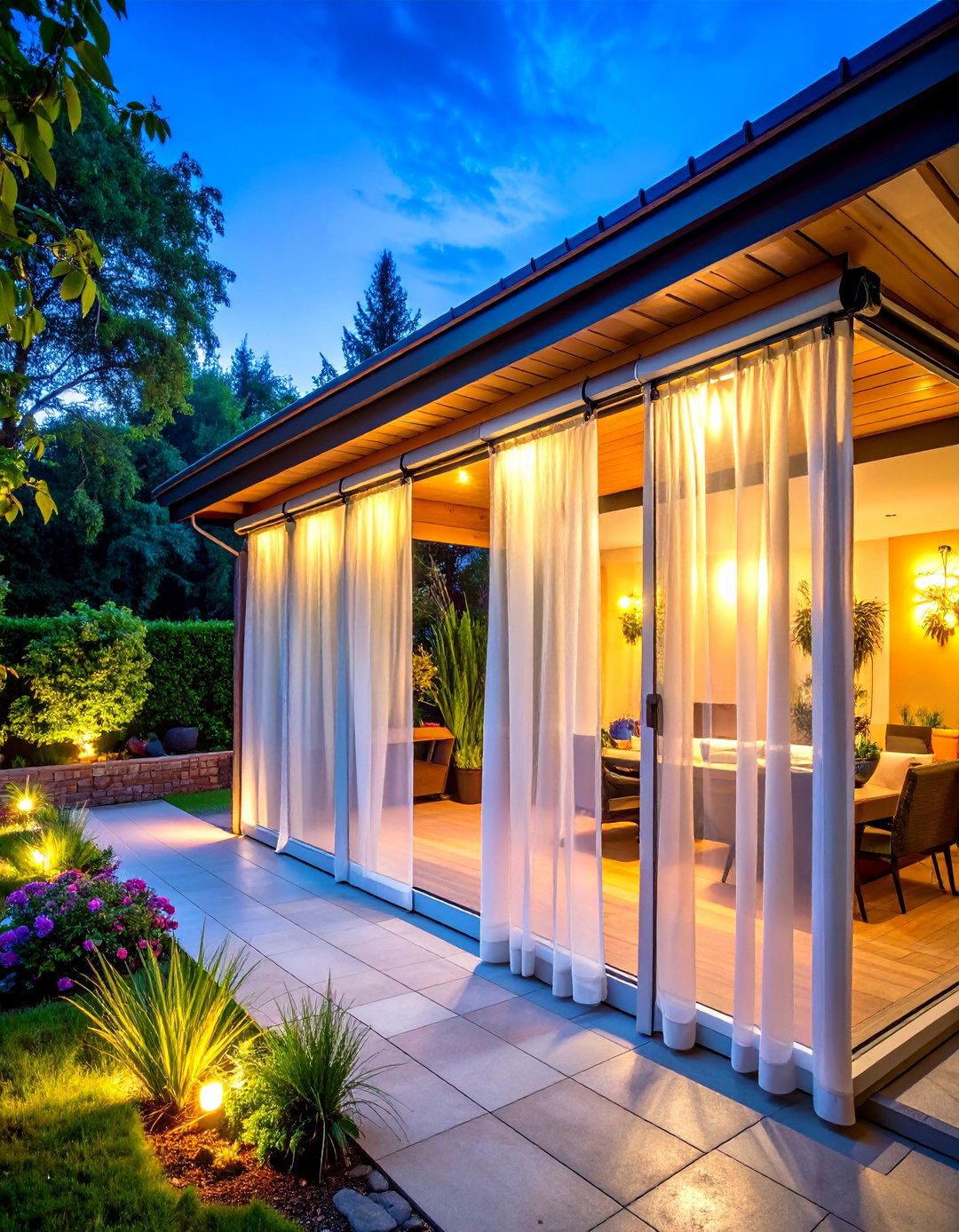
When quick weather protection is the priority, clear vinyl roll-up curtains offer a low-budget, high-impact patio enclosure. Made from 48-PHR ultra-clear PVC, the panels roll into their own cassette, letting winter sun stream in yet zipping tight against sideways rain. Because you cut the vinyl to exact bay sizes, installation only demands a drill and basic hardware. In summer the curtains disappear, maintaining an open patio. In shoulder seasons they trap radiant heat from a fire-pit, extending outdoor dinners well past first frost — a favorite trick of cafés that now adapts seamlessly to residential decks.
9. Louvered Roof Patio Enclosure
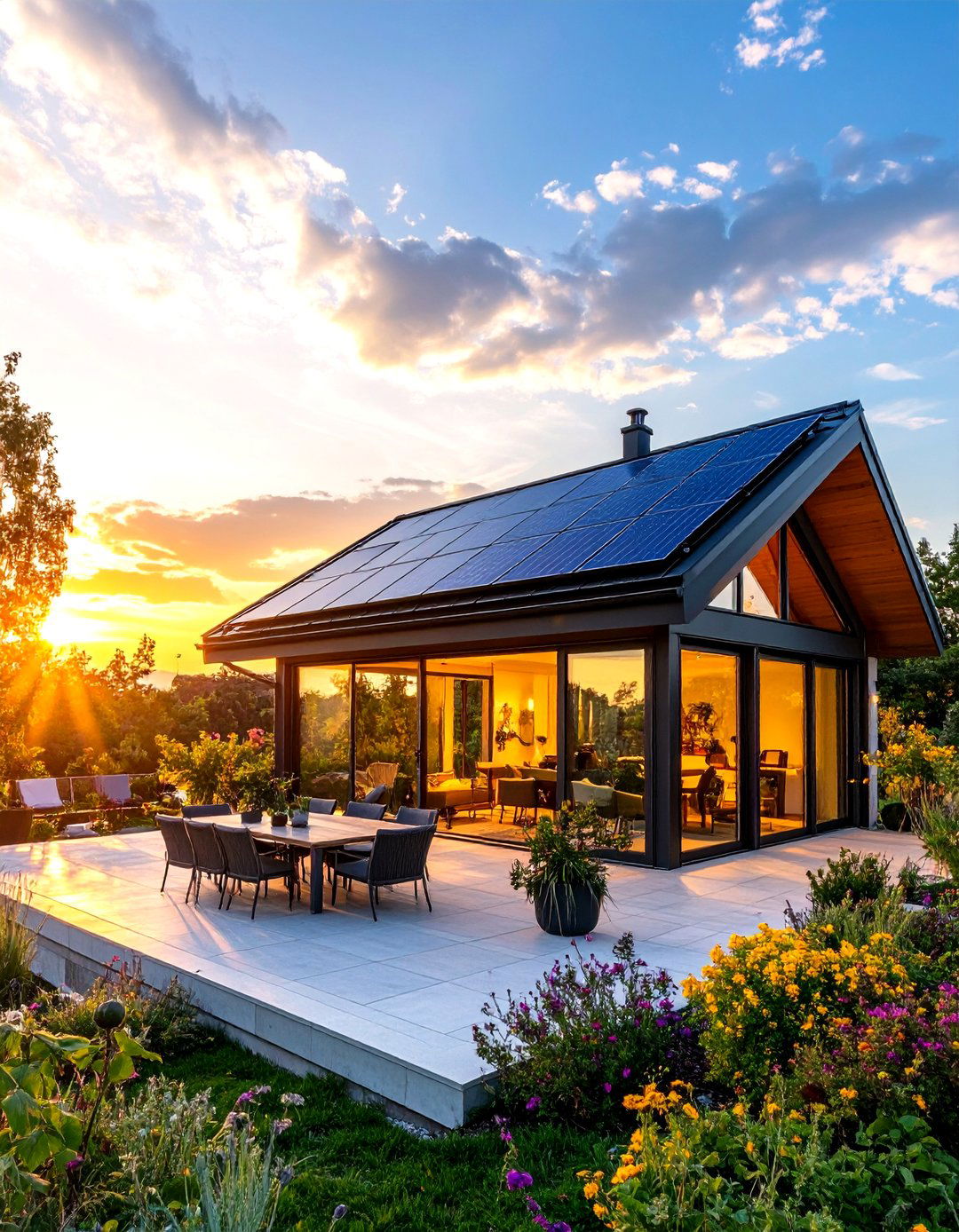
Unlike a fixed roof, a motorized louvered patio enclosure lets you play weather DJ. Powder-coated aluminum blades rotate 150 degrees, granting full sun, filtered light, or a watertight ceiling at the touch of a remote — useful when a passing shower threatens your brunch spread. Integrated gutters whisk runoff toward downspouts, and optional LED strip lights hide in the beams for night ambience. Because louver modules span up to 12 feet without posts, sightlines remain airy, creating a contemporary gathering zone that adapts to seasons far better than a static awning.
10. Solar-Powered Smart Glass Roof
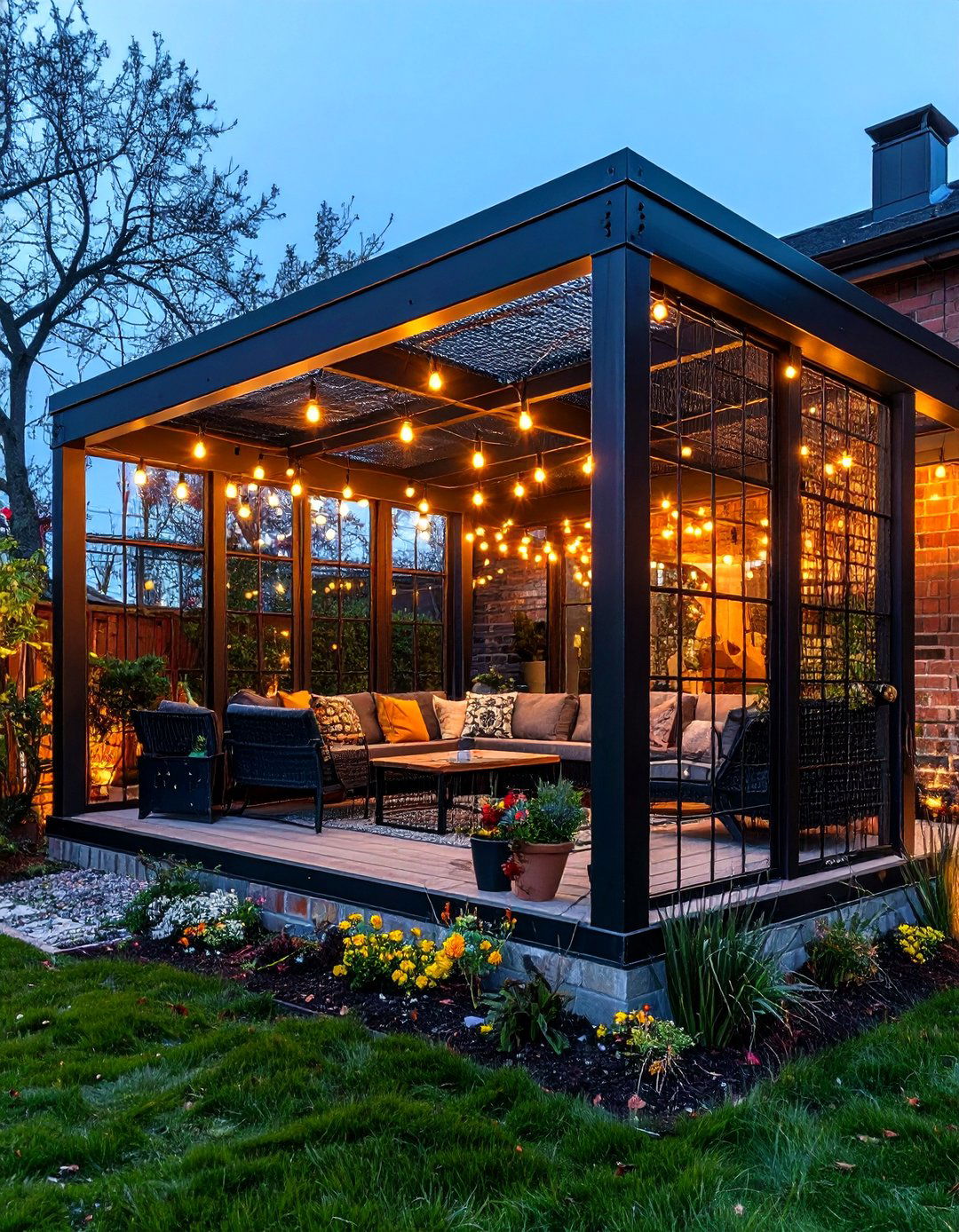
Tech-savvy homeowners are turning to patio enclosures roofed in photovoltaic smart glass that harvests energy while shifting tint. Companies now embed thin-film cells between double panes, supplying up to 90 W per square meter — enough to offset lighting and fan loads for the enclosure itself. Electrochromic layers dim automatically when UV spikes, keeping furniture cool, then clear at dusk for stargazing. Although upfront costs outpace polycarbonate panels, utility rebates and solar credits shorten payback time, and the wow factor of a self-powered outdoor room wins instant neighbor envy.
11. Cathedral-Style Glass Sunroom
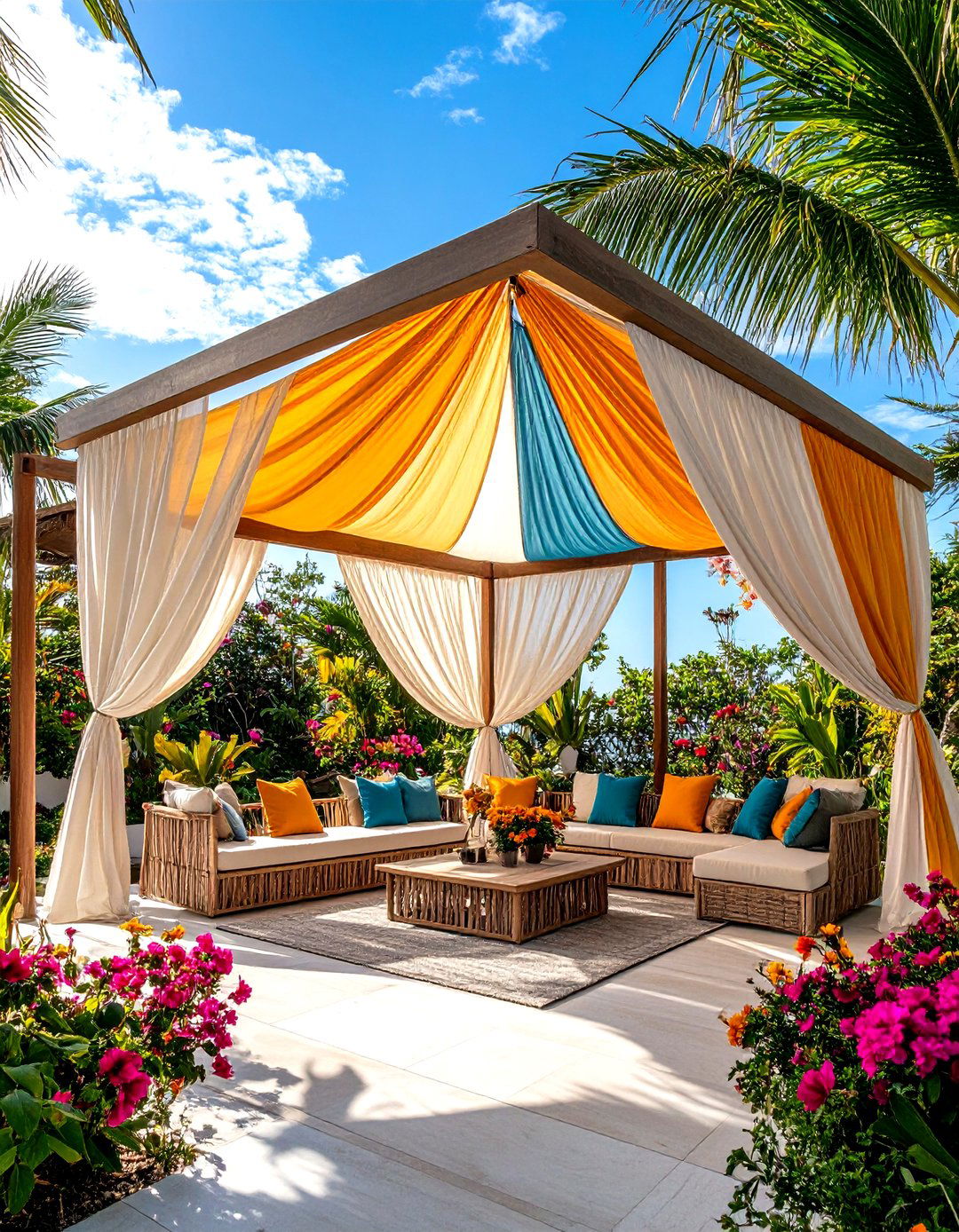
For drama, few patio enclosures rival a cathedral-style sunroom with soaring vaulted glass. The A-frame creates head-turning volume and invites maximum daylight, making even compact patios feel expansive. Lifestyle Remodeling notes that cathedral enclosures command premium resale because the architecture mirrors high-end conservatories. Specify thermally broken aluminum rafters and argon-filled glazing to meet modern insulation codes, and anchor the ridgeline with a ceiling fan to cycle warm air back down on cold nights. Furnished with rattan sofas and statement pendant lamps, the enclosure becomes a luxe greenhouse-meets-living-room all year.
12. Modular Aluminum Panel System
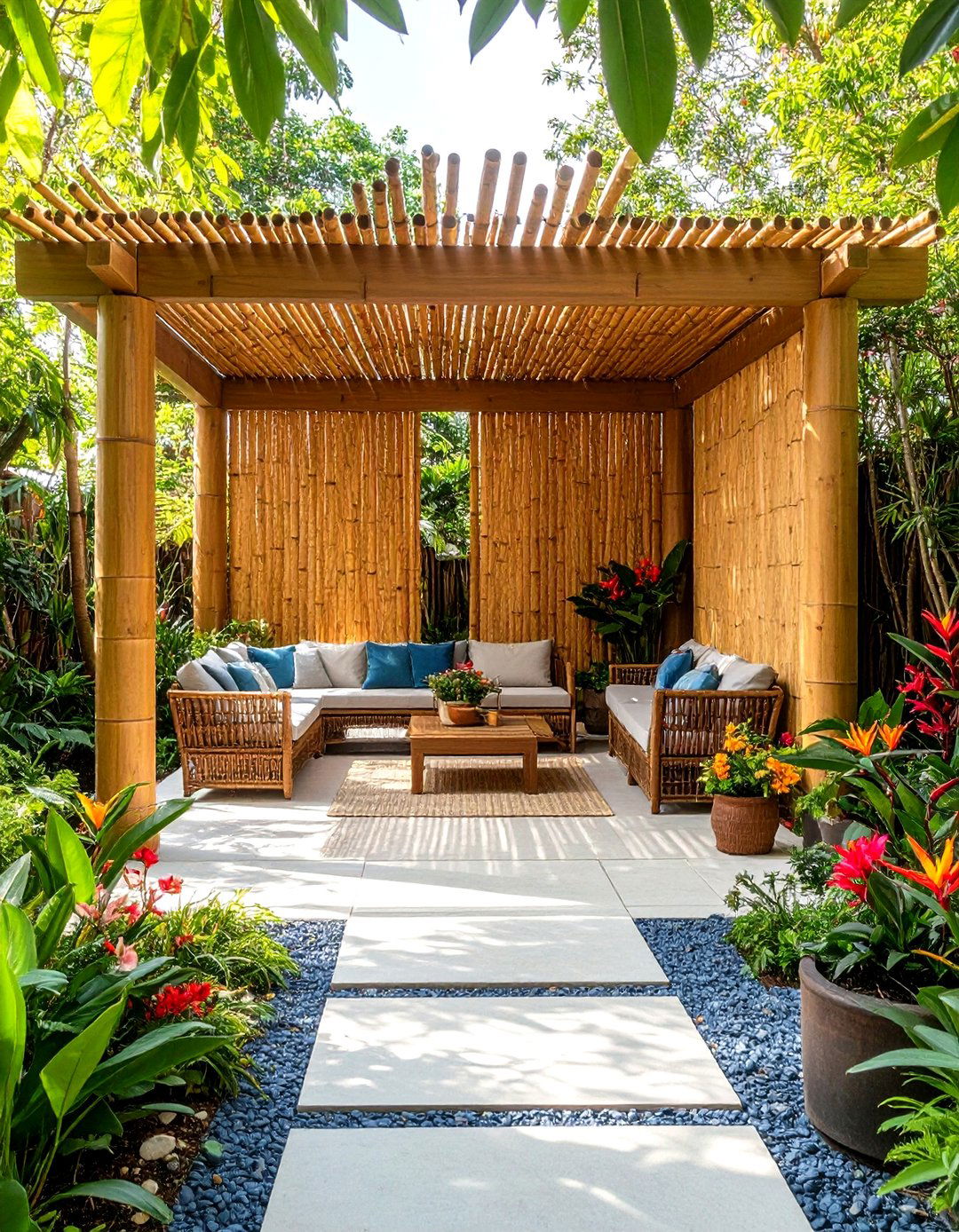
Homeowners craving speed appreciate modular aluminum panel patio enclosures that click together like oversized Lego. Powder-coated frames arrive pre-glazed with tempered glass or ScreenRail, allowing crews to erect a 15 × 20-foot room in as little as two days, according to industry case studies. Integrated raceways hide wiring for ceiling fans, and detachable panels simplify future renovations. Because the system is engineered and permit-ready, inspections sail through, cutting red tape. The result is a crisp, contemporary enclosure that feels custom yet benefits from factory precision.
13. Polycarbonate Greenhouse Patio
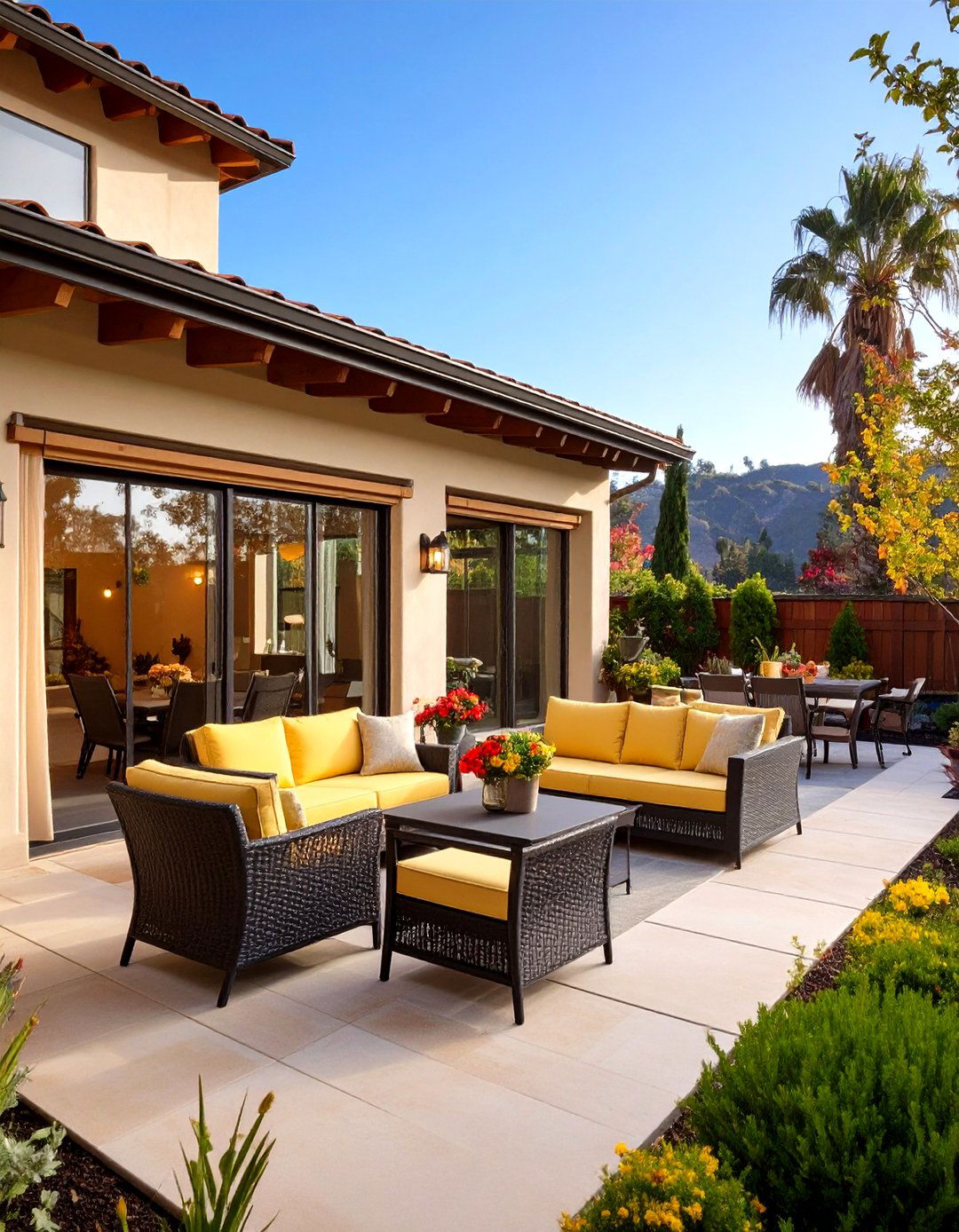
Gardeners looking to overwinter citrus can repurpose the patio into a polycarbonate-clad greenhouse. Two-wall 8 mm sheets insulate far better than single glass while weighing half as much, so existing decks often support them without reinforcement. Community greenhouse forums recommend corrugated plastic or recycled tempered glass for DIY budgets, noting southwest-facing patios capture the strongest winter sun. Install top-hinged vent panels and shade cloth to prevent summer scorch, and even modest heaters will keep tomatoes ripening through December, turning the enclosure into a food-producing micro-climate.
14. Industrial-Chic Metal & Wire Mesh
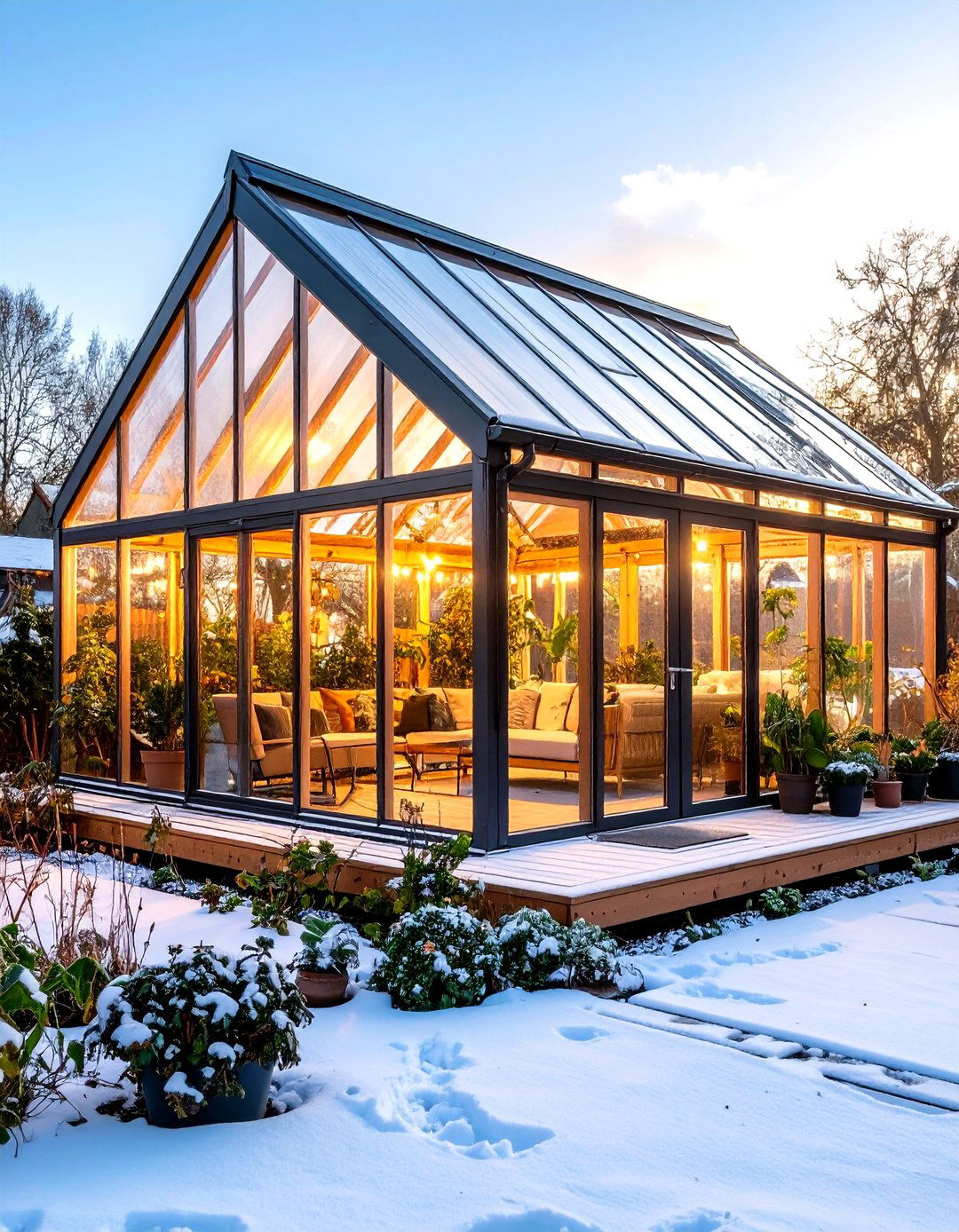
Fans of loft aesthetics can frame their patio enclosure in blackened steel tubing infilled with architectural wire mesh, echoing urban fire escapes. The mash-up offers unrivaled airflow and rugged durability while lending a modern edge admired in design galleries. Pair the mesh screens with Edison bulb string lights, and the space becomes a relaxed cocktail zone that never feels stuffy. For winter, clip-on clear acrylic storm panels add wind protection without diluting the raw industrial vibe, and powder-coat finish prevents rust in humid climates.
15. Fabric Sail Shade Enclosure
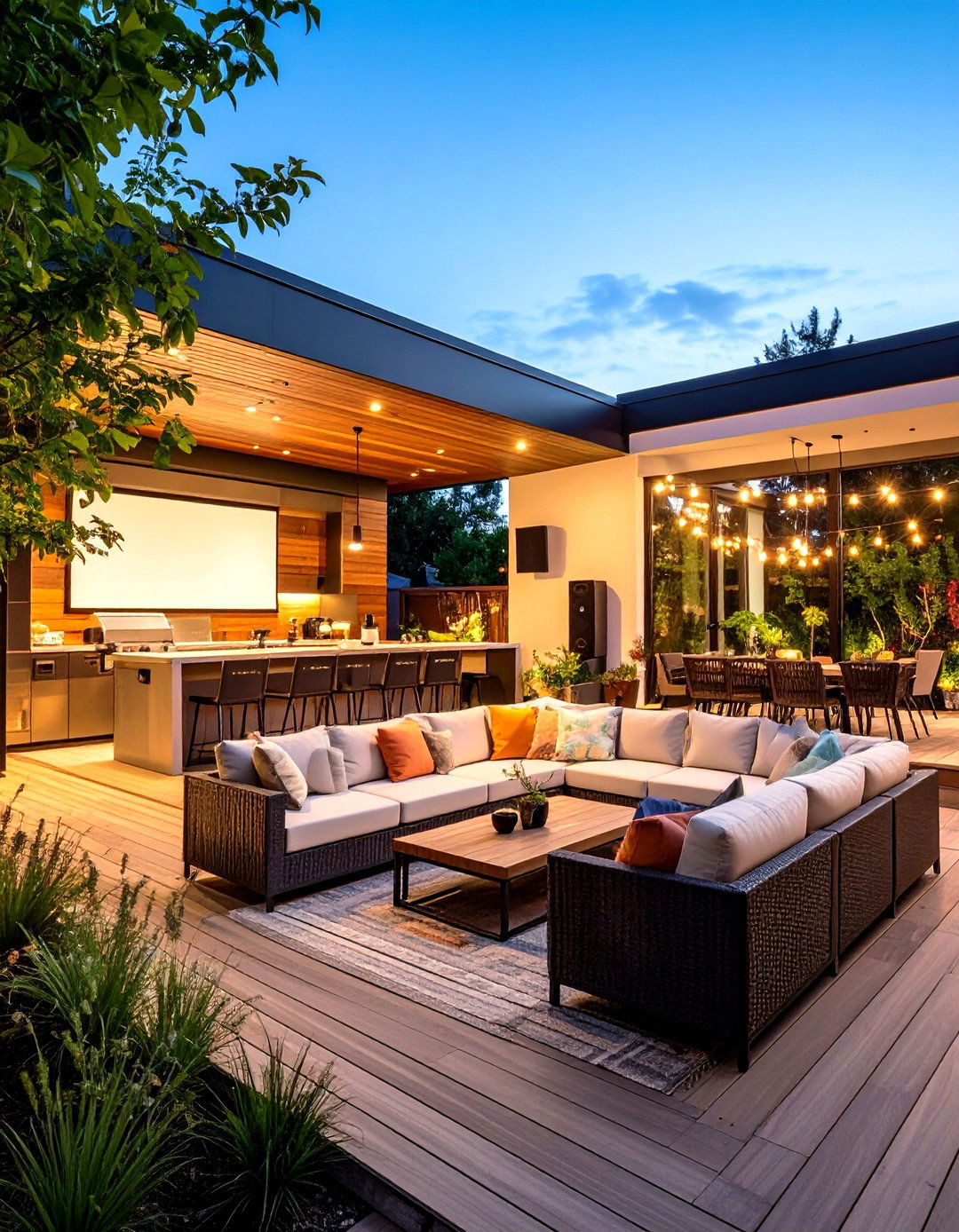
Sometimes softness beats structure. Stretching UV-blocking sail shades across steel eyebolts creates an enclosure that ripples like nautical art yet shields furniture from 95 percent of solar radiation. Layer two or three overlapping triangles at different heights to carve cozy pockets of dappled light, then flank the open sides with roll-down breezeway curtains for privacy. Because sails detach in storms, they suit rental properties where permanent roofs are banned, and seasonal color swaps — think terra-cotta in fall, crisp white in summer — refresh the patio enclosure’s mood instantly.
16. Bamboo Privacy Screen Room
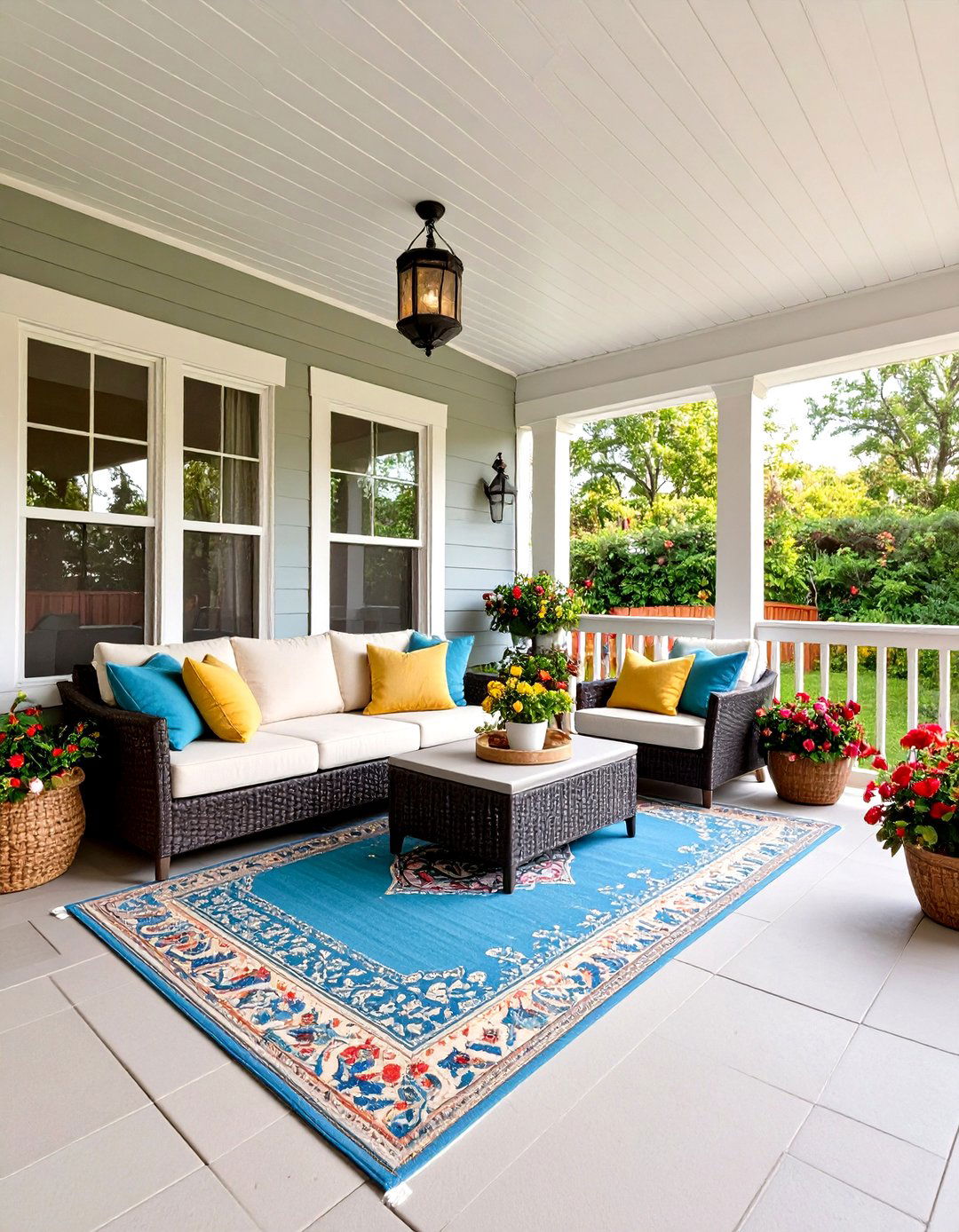
A bamboo privacy screen enclosure delivers tropical ambiance while hiding neighbors’ sightlines. Split-pole panels mount between cedar posts in an afternoon, and the natural honey tone complements stone pavers and greenery. Designers recommend clustering planters of ginger and bird-of-paradise in front of the walls to double down on the island feel and soften acoustics. Seal the bamboo with outdoor-grade tung oil every two years to resist mildew, and your patio becomes a resort-style reading nook where rustling canes replace street noise.
17. Fire-Rated Vinyl Panels for Wildfire Zones
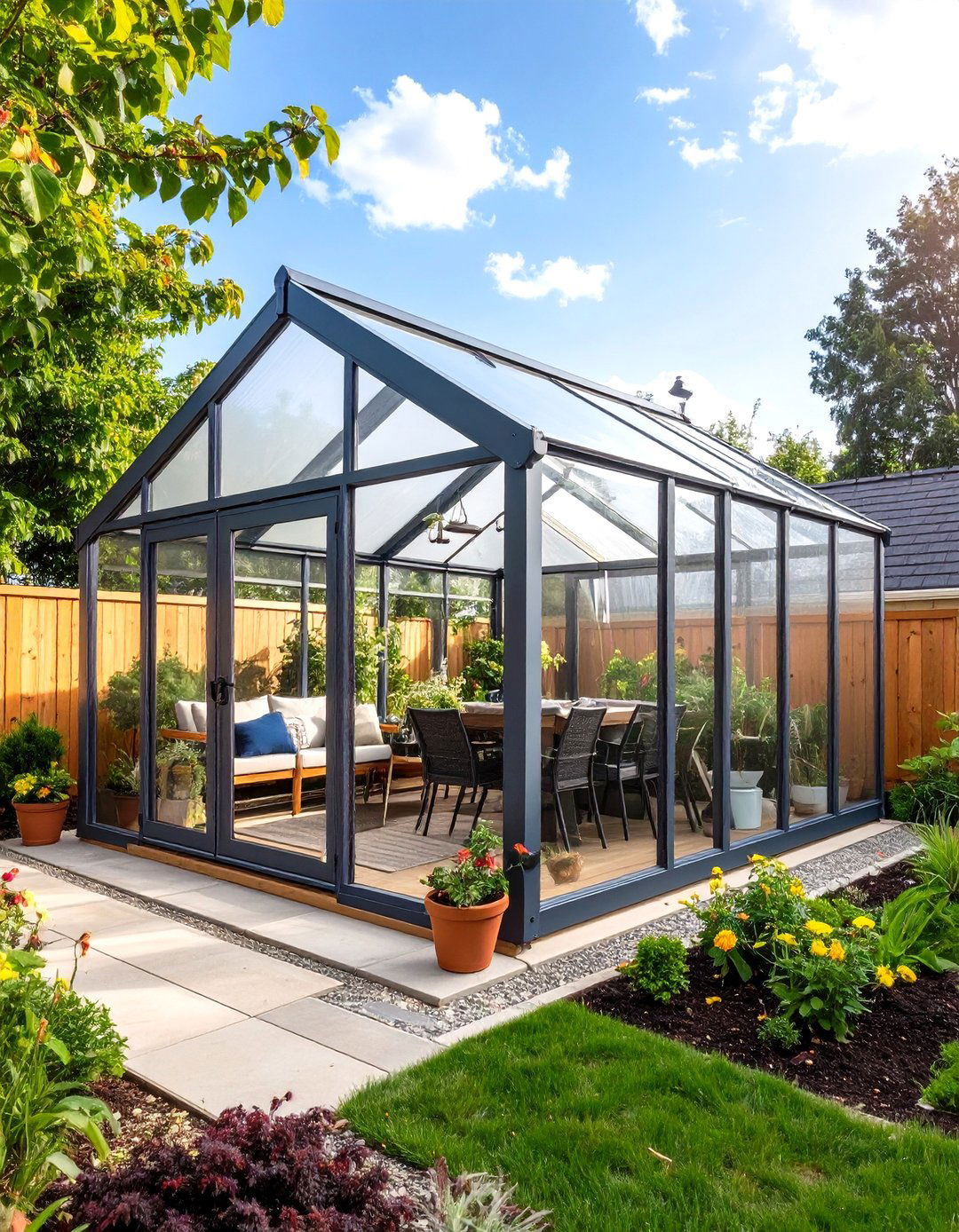
Homeowners in wildfire-prone regions are swapping fabric screens for fire-rated vinyl panels that self-extinguish and block sparks. Made from heavy 48-PHR PVC with abrasion resistance, the curtains fasten with stainless grommets and roll up when not required. Because clear vinyl transmits light, you still see twilight skies while achieving an ASTM E-84 Class A flame-spread rating — critical for insurance discounts. Combine the panels with steel framing and ember-resist mesh vents, and the patio enclosure stands ready for the dry season without sacrificing everyday comfort.
18. Heated Patio Greenhouse Hybrid
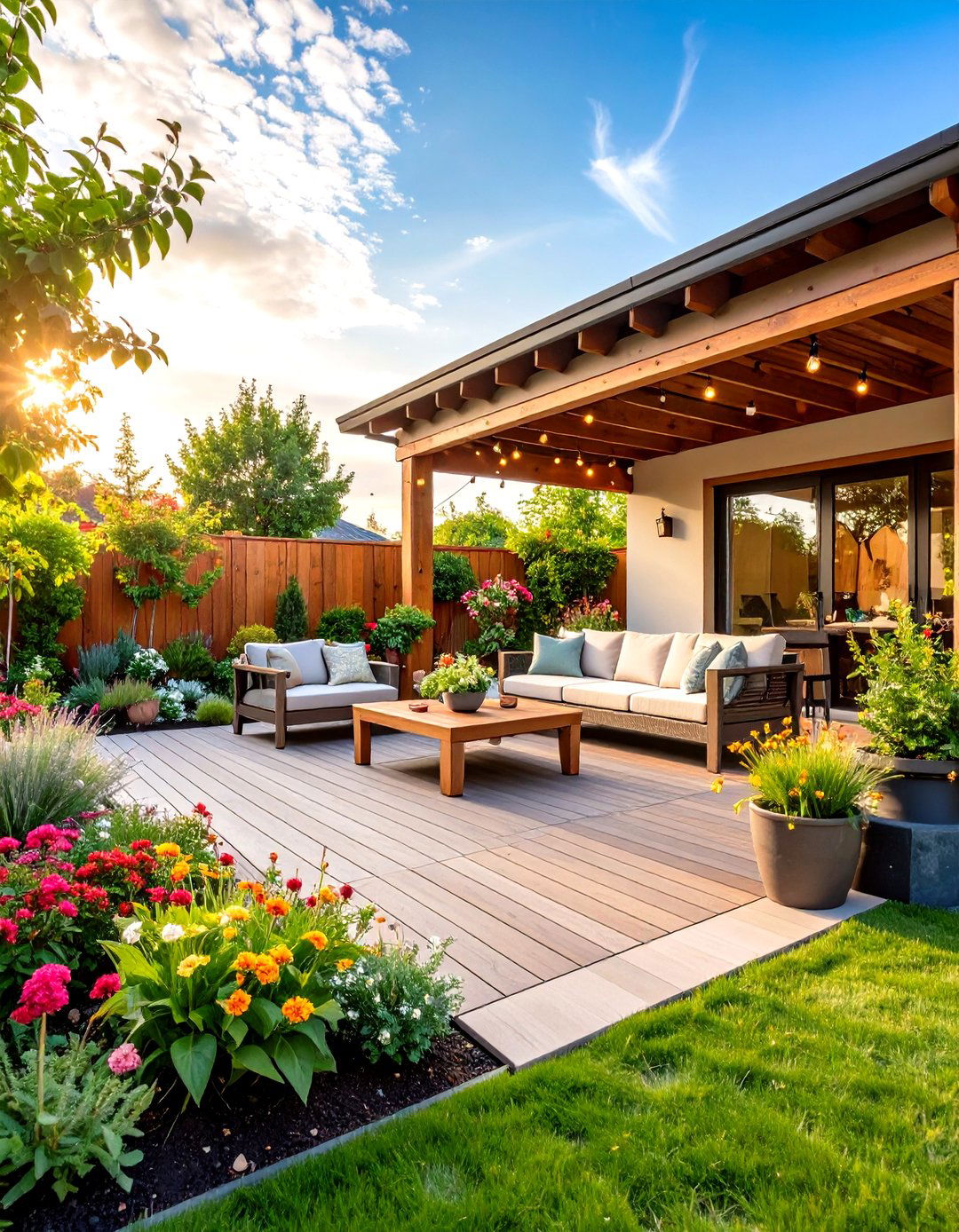
To keep winter gatherings toasty, some DIYers integrate portable propane or electric infrared heaters inside a clear-panel greenhouse enclosure. Videos documenting porch-to-greenhouse conversions report interior temperatures 20 °C warmer than outside with minimal fuel when the sun delivers daytime pre-heating. Install an inexpensive wireless thermostat to trigger ventilation fans on sunny days and heaters at dusk, and the patio doubles as both a plant nursery and après-ski lounge. Just ensure combustible clearances and add a ceiling-mounted carbon-monoxide alarm for safety.
19. Convertible Entertainment Lounge
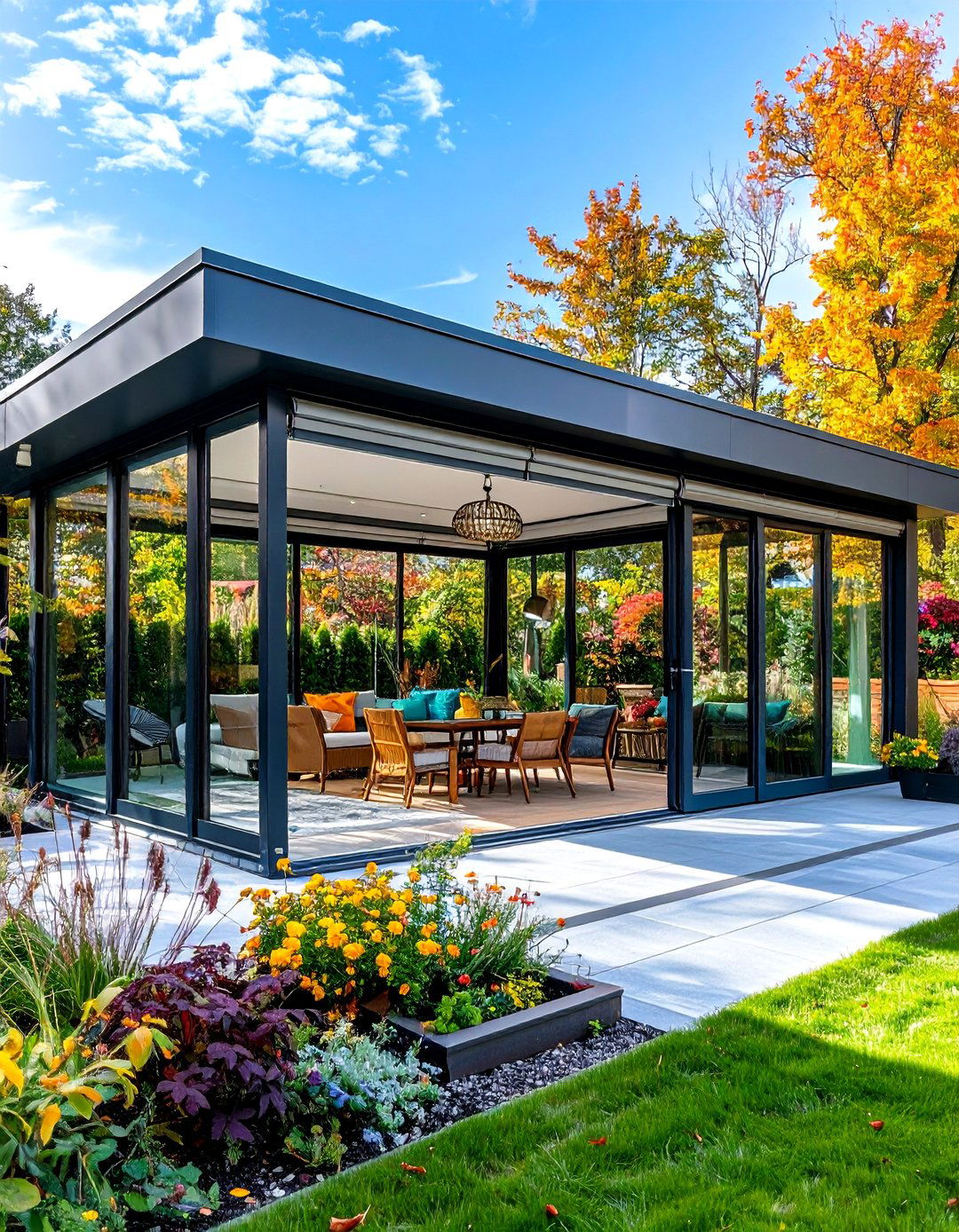
By zoning the patio enclosure into cooking, lounging, and gaming pods, you create a year-round entertainment lounge that rivals indoor media rooms. Experts advise anchoring the space with a modular outdoor kitchen against one wall, then using low planters or sectional sofas to mark out seating areas without erecting solid partitions. Retractable projector screens descend from the soffit for movie nights, and an all-weather soundbar pumps tunes through the glass. When doors stack open, the enclosure morphs back into a breezy terrace — proof that flexibility outshines size.
20. Pet-Friendly Screened Porch
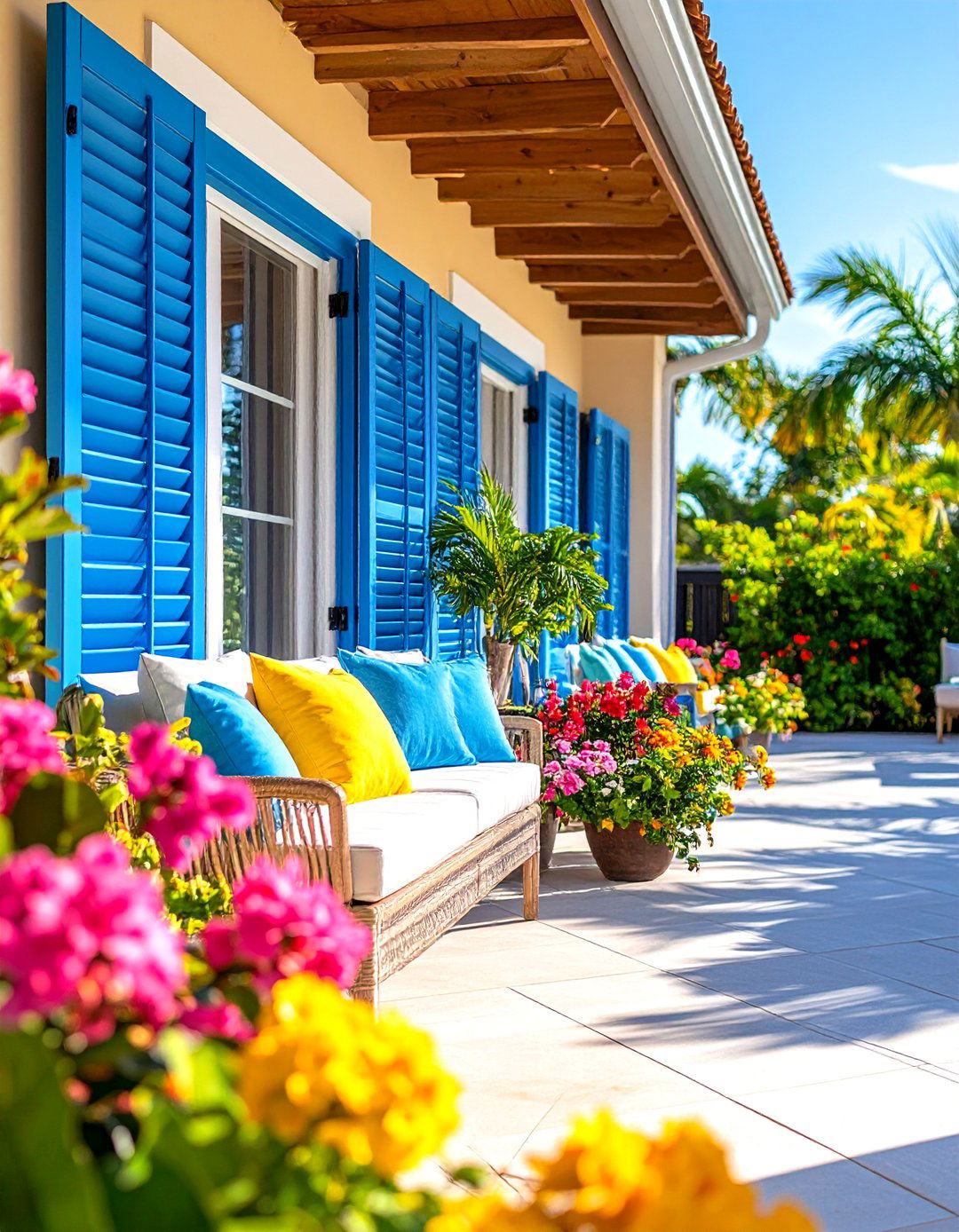
Pets love fresh air but not escape routes. Patio enclosures fitted with claw-resistant Pet-Mesh or stainless security screens let cats bask in sunbeams and dogs watch squirrels without ripping holes in standard fiberglass. Add a swinging pet door set into the base rail so furry companions can retreat indoors at will, and cover perimeter posts with aluminum-wrapped trim to discourage chewing. Throw in washable outdoor rugs, and your new “catio” or “dogio” becomes a fur-safe extension of the living room.
21. DIY Budget PVC Frame Enclosure
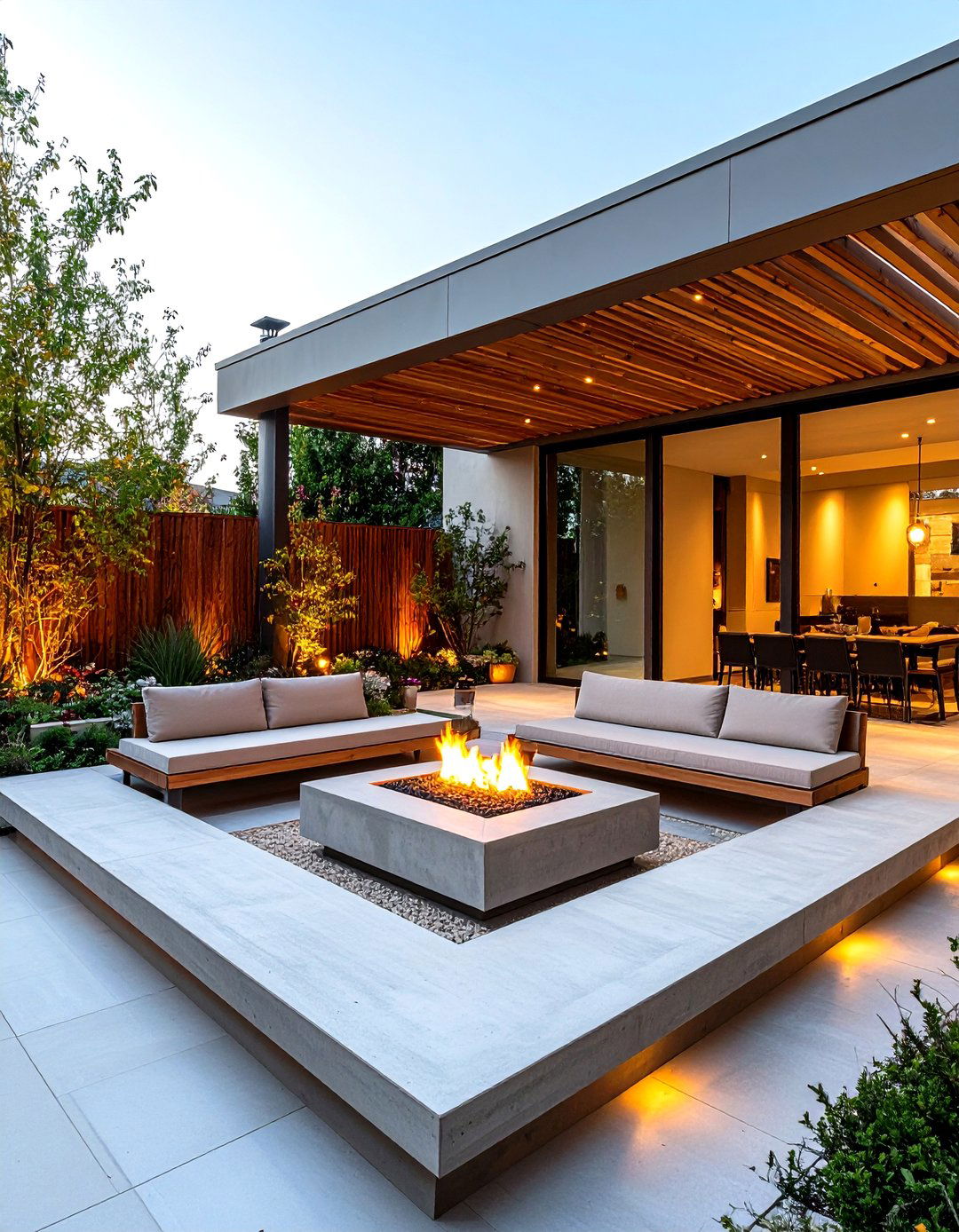
If funds are tight, PVC plumbing pipe can frame an effective patio enclosure. One maker tutorial shows how schedule-40 pipes form arches bolted to the deck, over which clear greenhouse film is stretched and latched — no welding required. The entire 12 × 12-foot structure cost under US $500, yet kept temperatures 10 °C warmer through winter. Upgrade longevity by swapping film for twin-wall polycarbonate sheets later, using the same PVC skeleton. It’s proof that creativity, not capital, is the prime ingredient in reclaiming outdoor space.
22. Building-Code Compliant Design
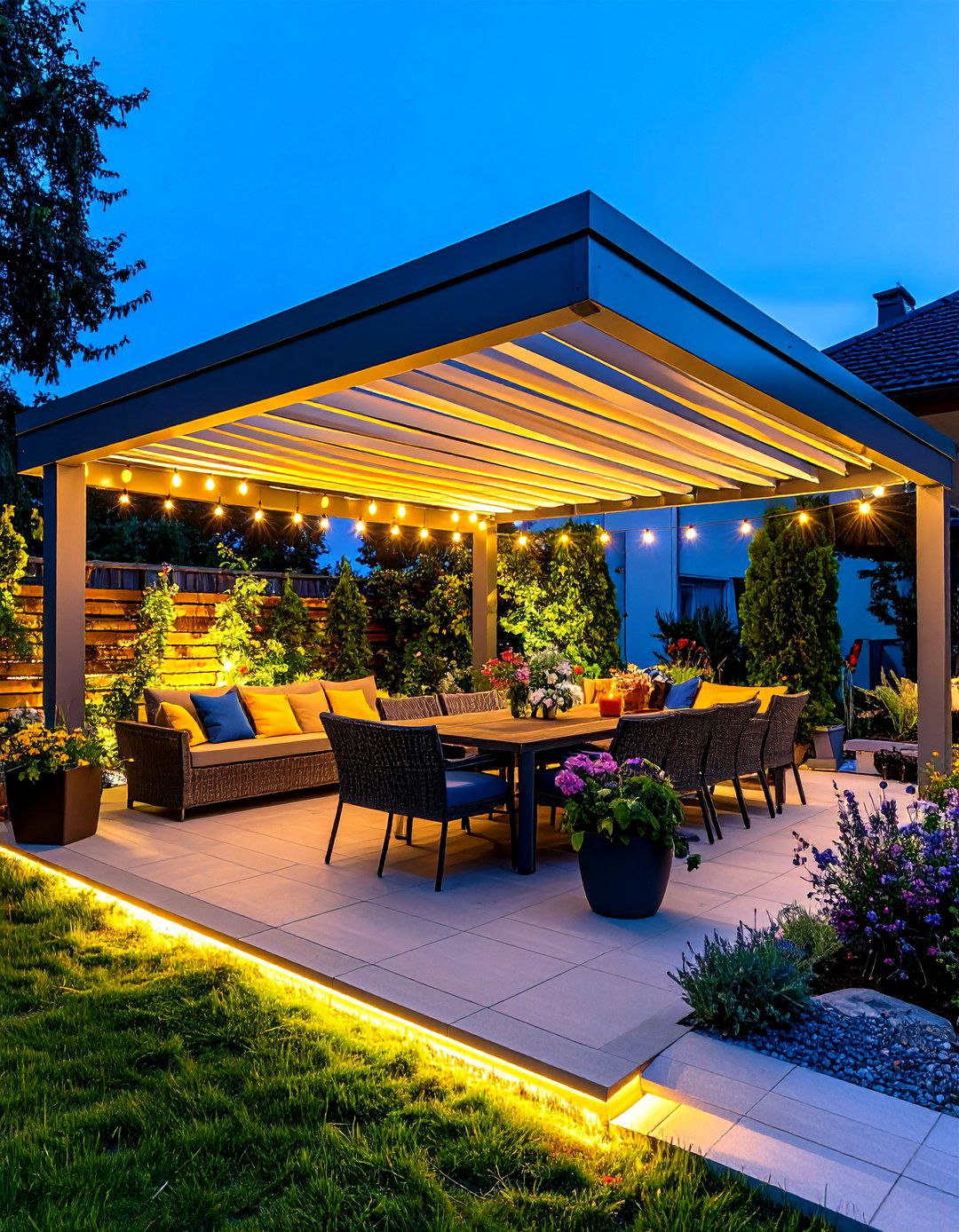
Before ordering materials, verify whether your municipality classifies the enclosure as a porch, sunroom, or accessory structure; the label dictates setbacks, footing depth, and even glazing percentages. Remodelers warn that skipping a permit can stall a future home sale and trigger fines — even for covers under 200 sq ft in some districts. Submit manufacturer engineering sheets with wind-load ratings, and plan for GFCI-protected outlets to satisfy electrical code. A paperwork week now shields you from costly tear-outs later and ensures insurance coverage if storms strike.
23. Energy-Efficient Low-E Glass Room
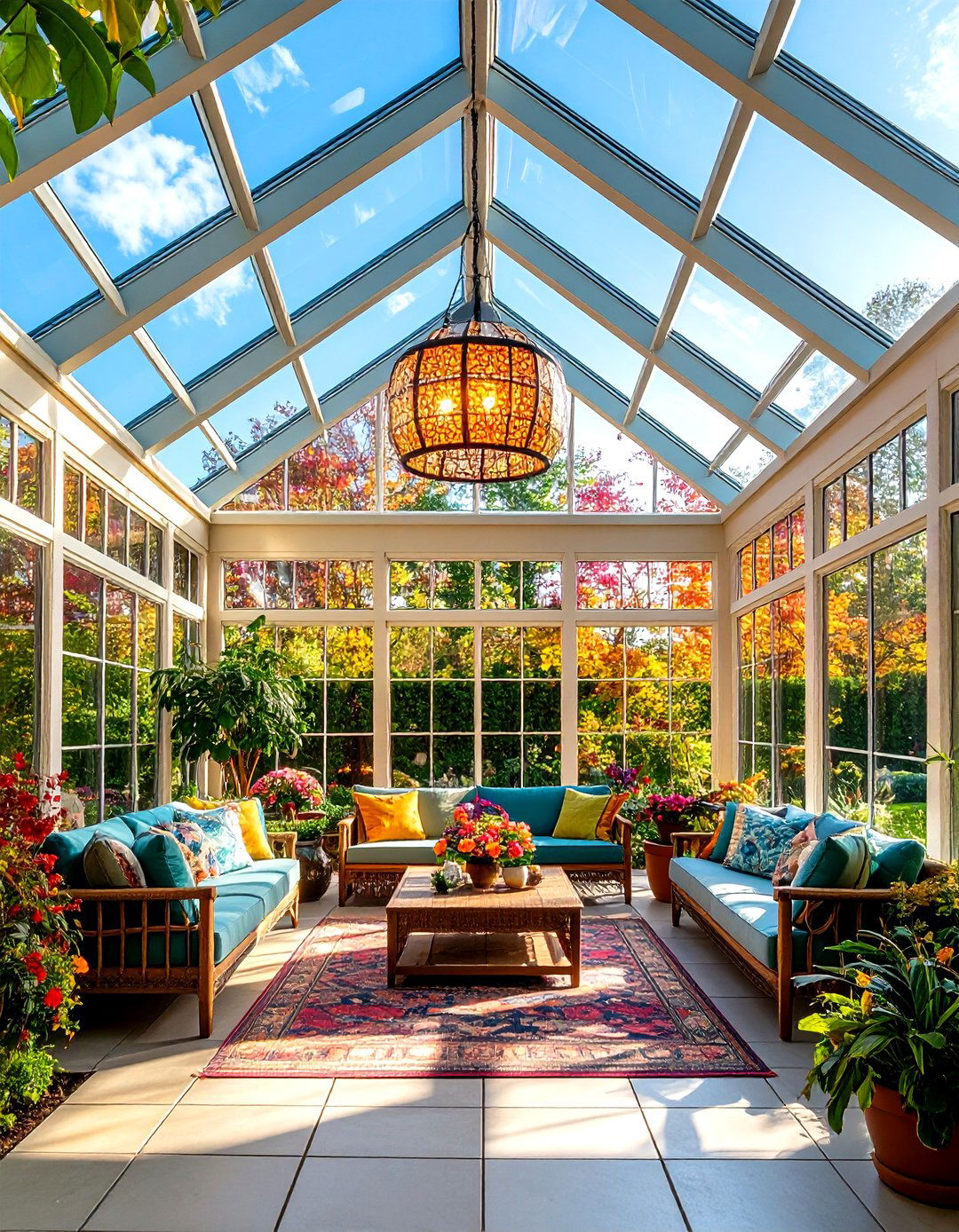
Low-emissivity glass isn’t just for windows; installing it in patio enclosure walls slashes heat gain by up to 40 percent while preserving clear views according to 2025 fenestration studies. Invisible metallic coatings bounce infrared rays outward in summer and reflect room heat inward in winter, trimming HVAC bills. Combine Low-E panes with thermally broken frames and cellular blinds, and your glass-walled enclosure becomes an energy-positive sun trap instead of a sweltering greenhouse — a sustainable upgrade buyers increasingly demand.
24. Coastal Wind-Resistant Shutters
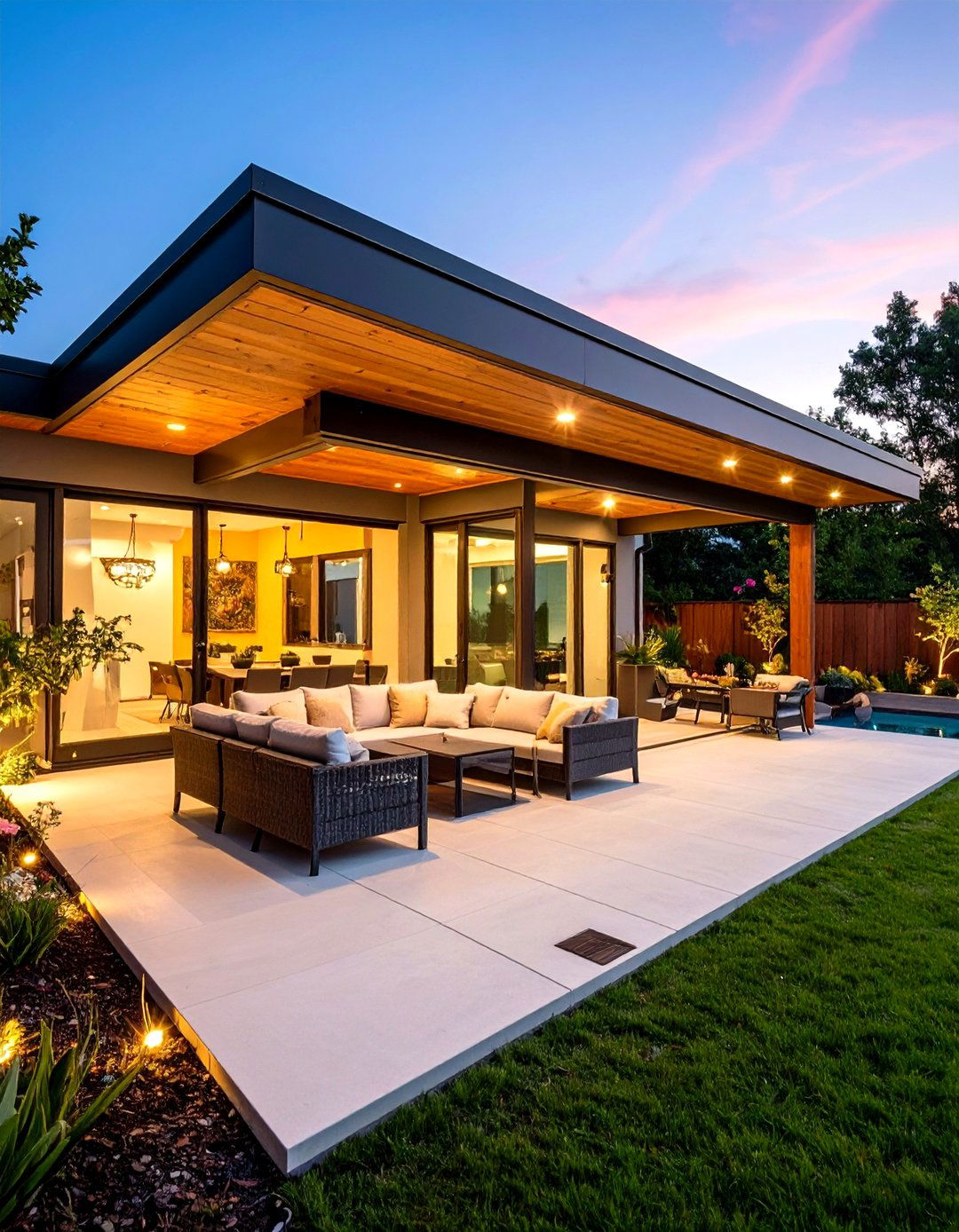
Coastal homeowners guard patios with retractable hurricane shutters or storm screens rated for 200 mph winds. Stainless mesh systems deploy at the push of a remote, shielding the enclosure from flying debris while still letting daylight filter through, making them double as everyday sun shades. Bahama-style louvered shutters add Caribbean charm and can close flush when storms roll in, all while providing year-round ventilation and privacy during calmer weather. Install tracks inside beam cavities so hardware disappears once retracted, preserving clean sightlines.
25. Zen Minimalist Open-Air Courtyard
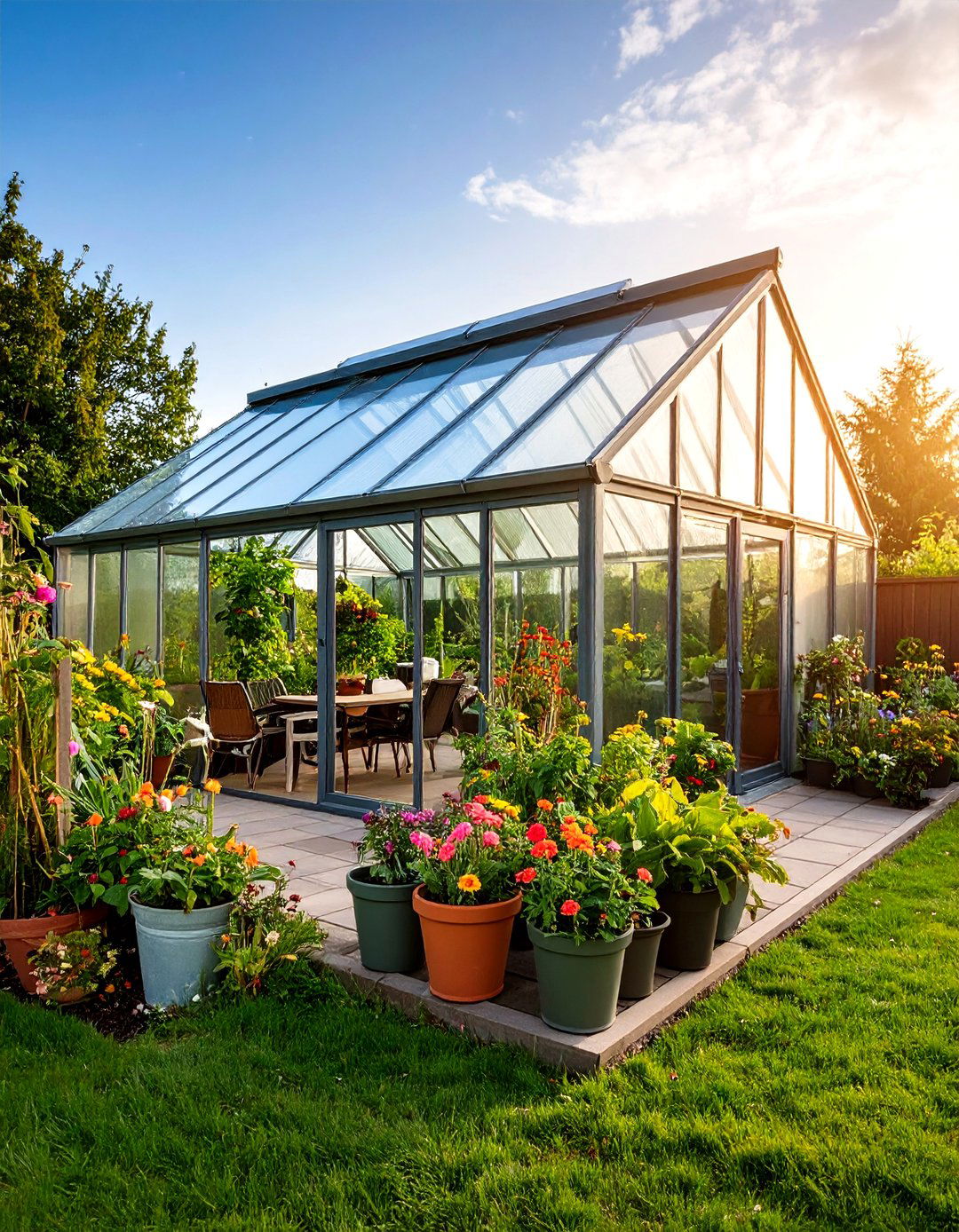
Sometimes enclosure means subtraction. By framing the patio with low concrete benches, slatted cedar screens, and a single cantilevered roof plane, architects craft a Zen courtyard that feels wrapped yet wide-open. Integrated gas fire tables and recessed uplights illuminate textured walls for meditative evening sessions, while the open front invites garden views. Choose muted palettes — charcoal, warm gray, and natural teak — to let shadows become décor, and hide storage in bench bases to keep the enclosure visually calm. The effect: an outdoor sanctuary that whispers, not shouts.
Conclusion:
Whether you lean toward hurricane-proof shutters or a quick roll-up vinyl curtain, the patio enclosure ideas above prove you don’t need to sacrifice fresh air for comfort. Choosing the right mix of screens, glass, or smart materials can extend use through every season, add property value, and reflect your personal style in the process. Start with local code checks, match materials to climate, and phase upgrades as budget allows; soon the patio will feel less like an afterthought and more like the most versatile room you own.


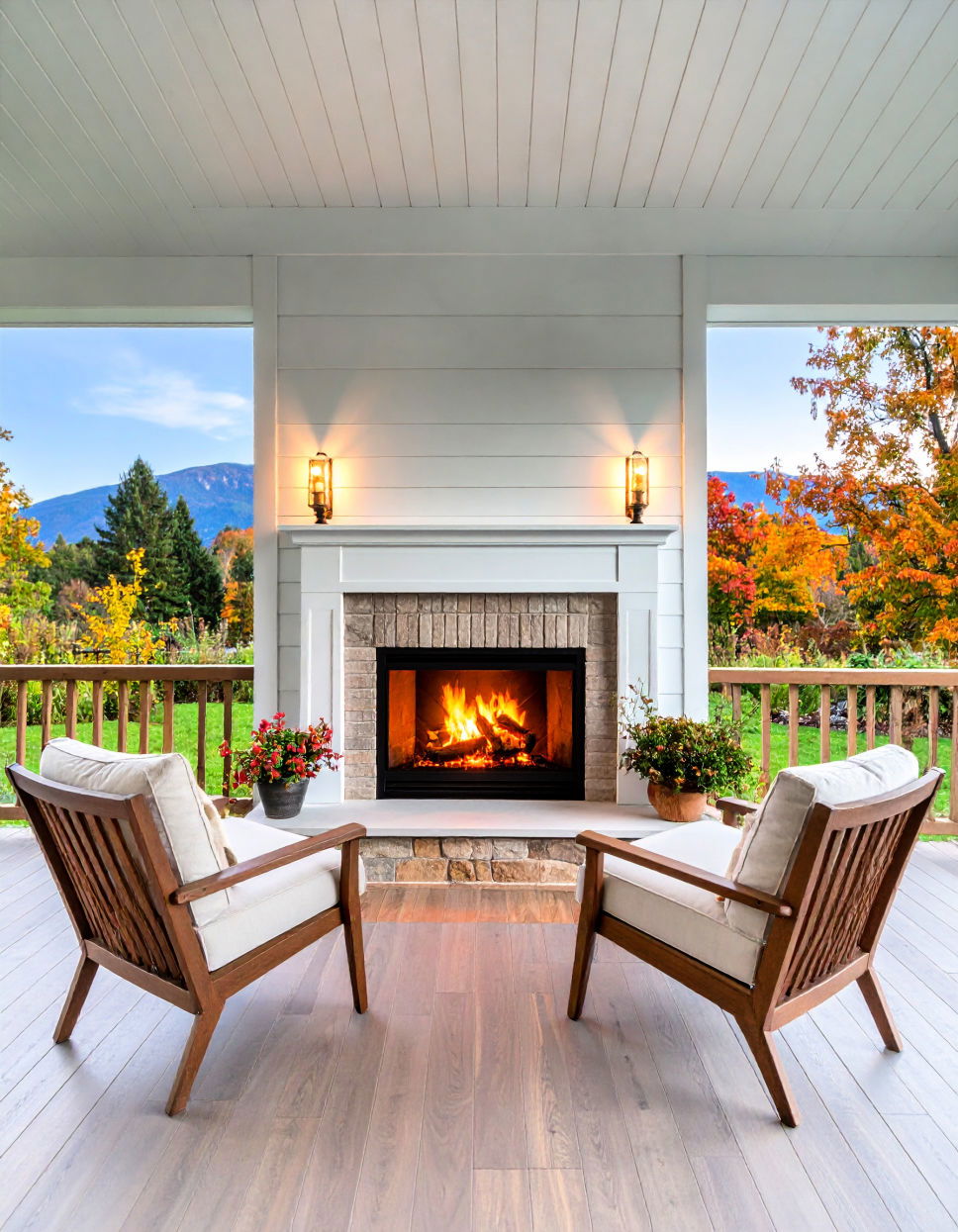
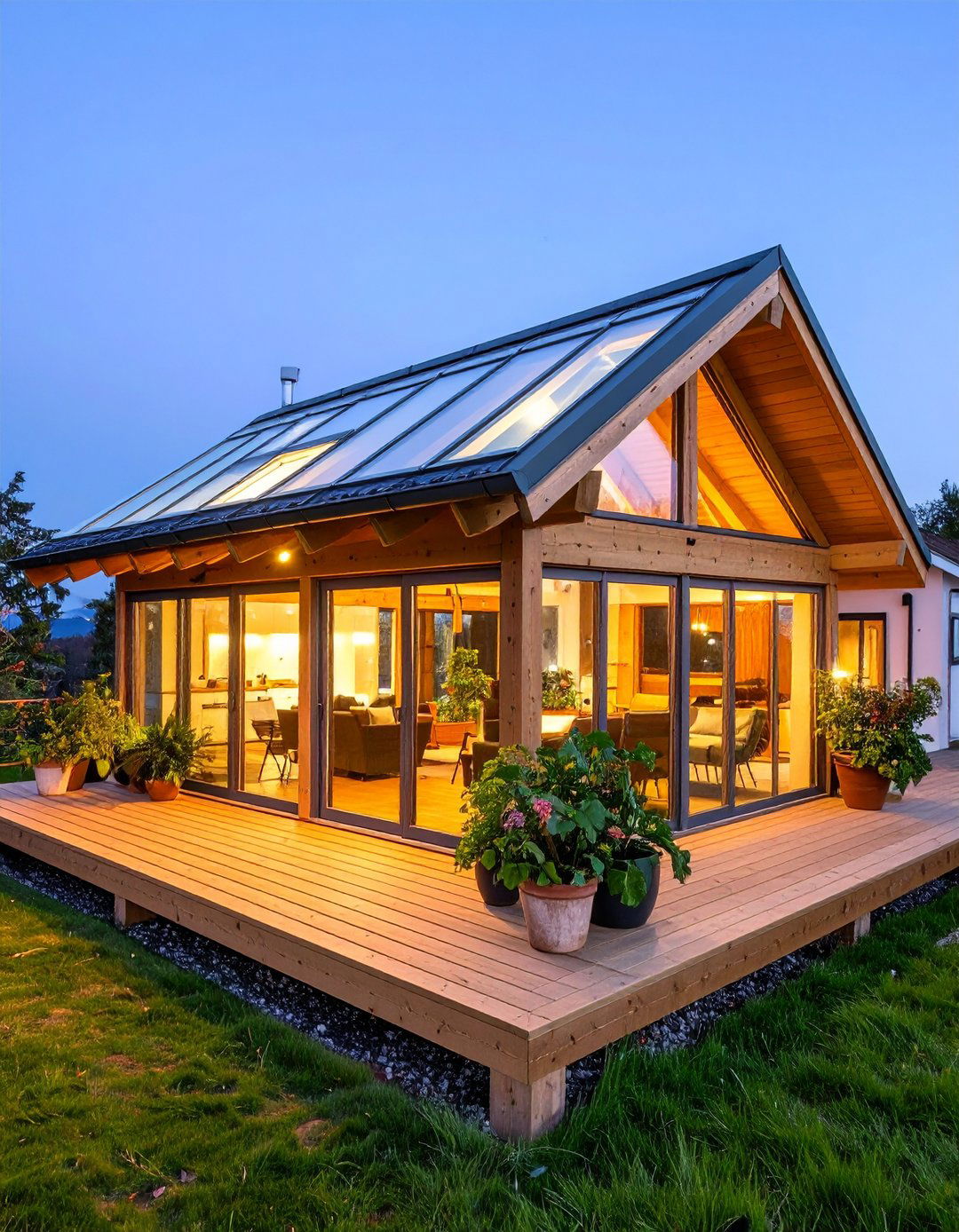
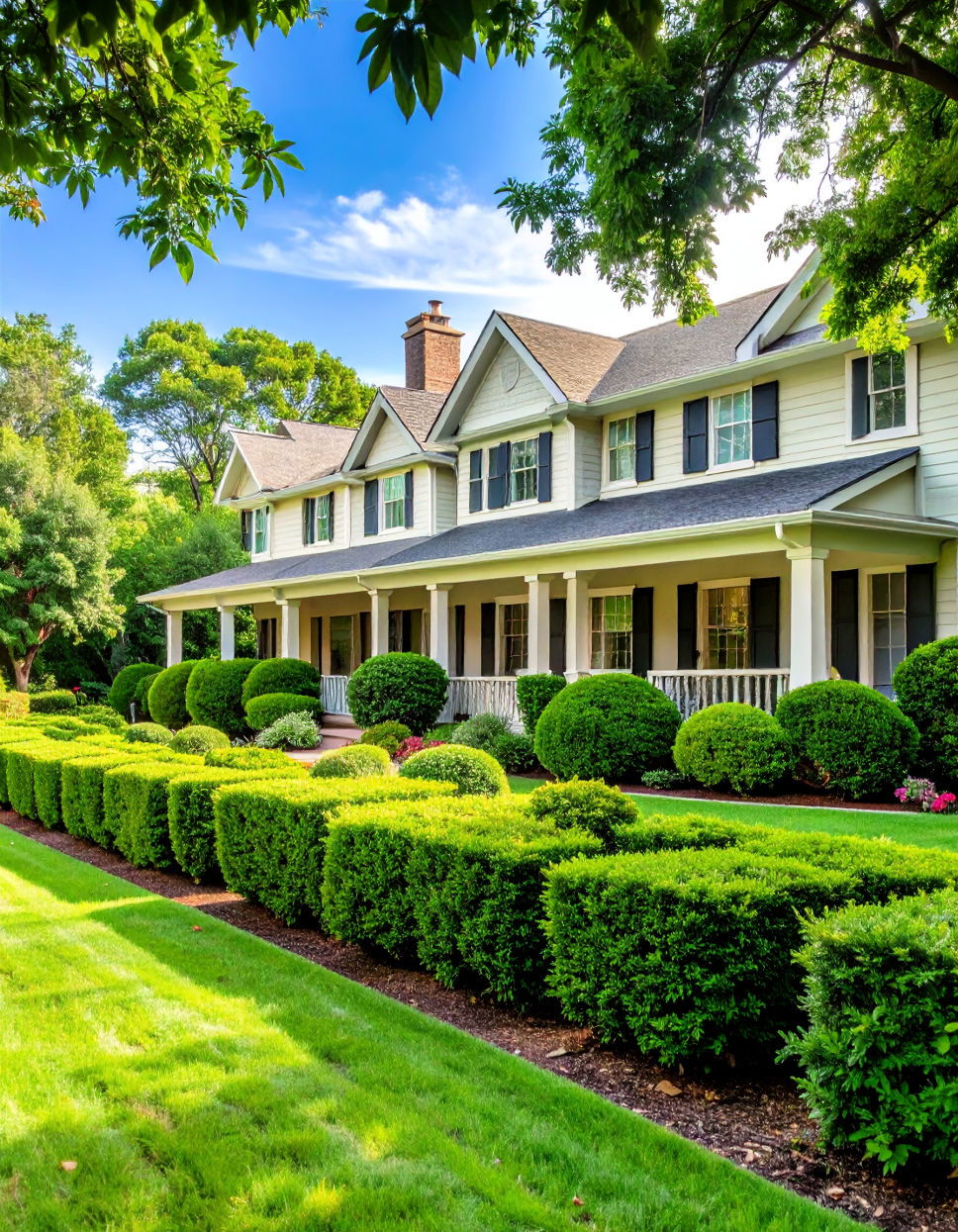

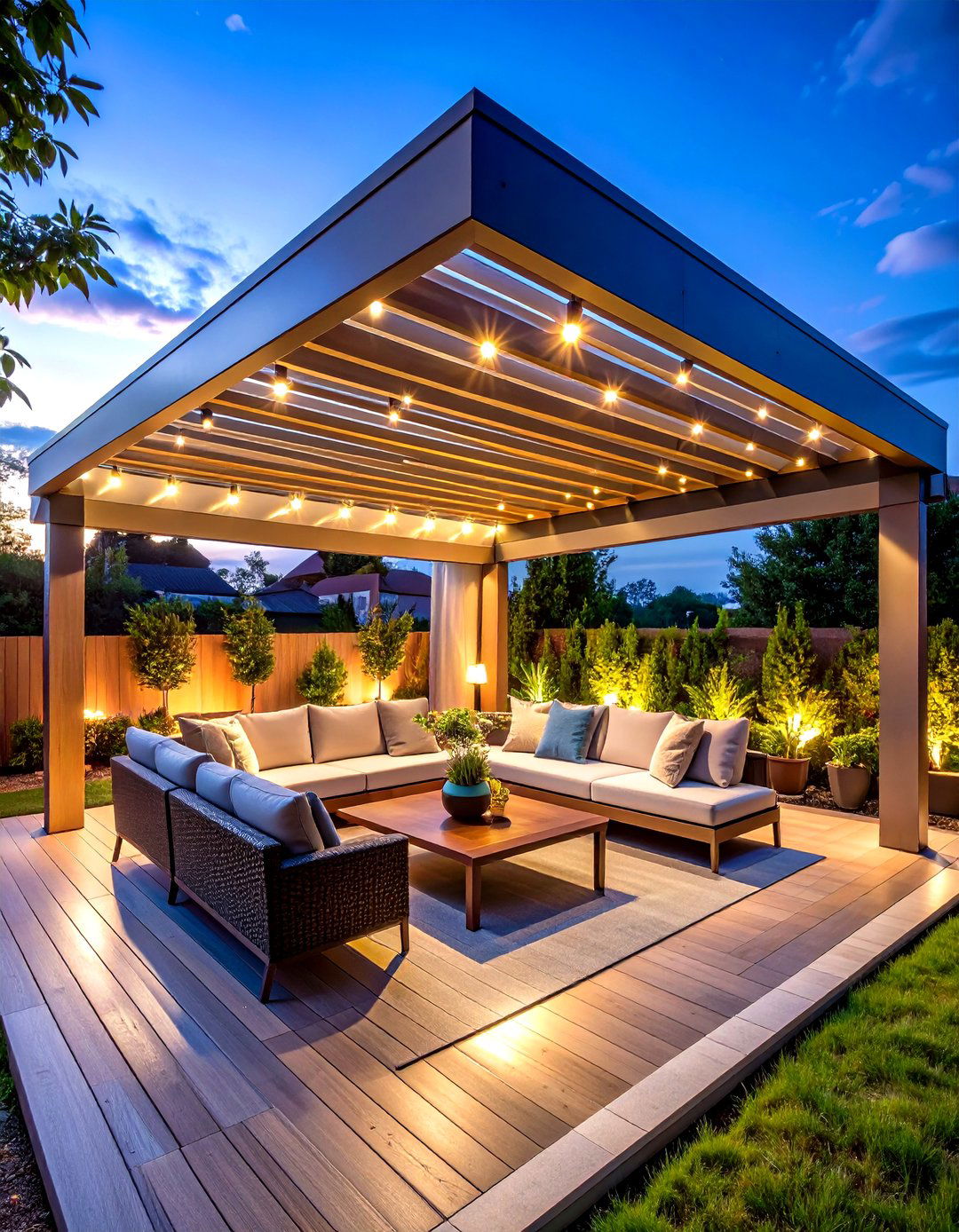
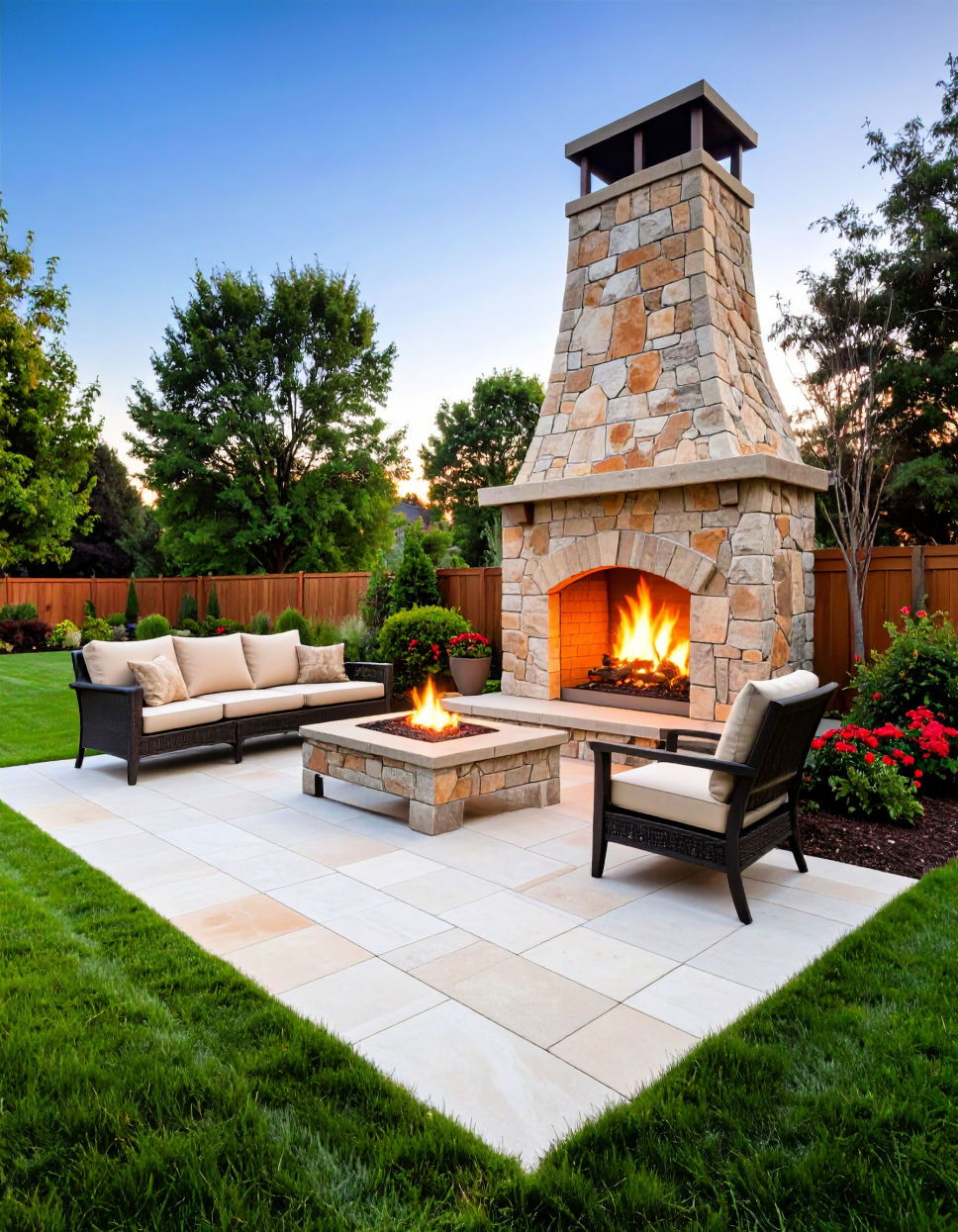
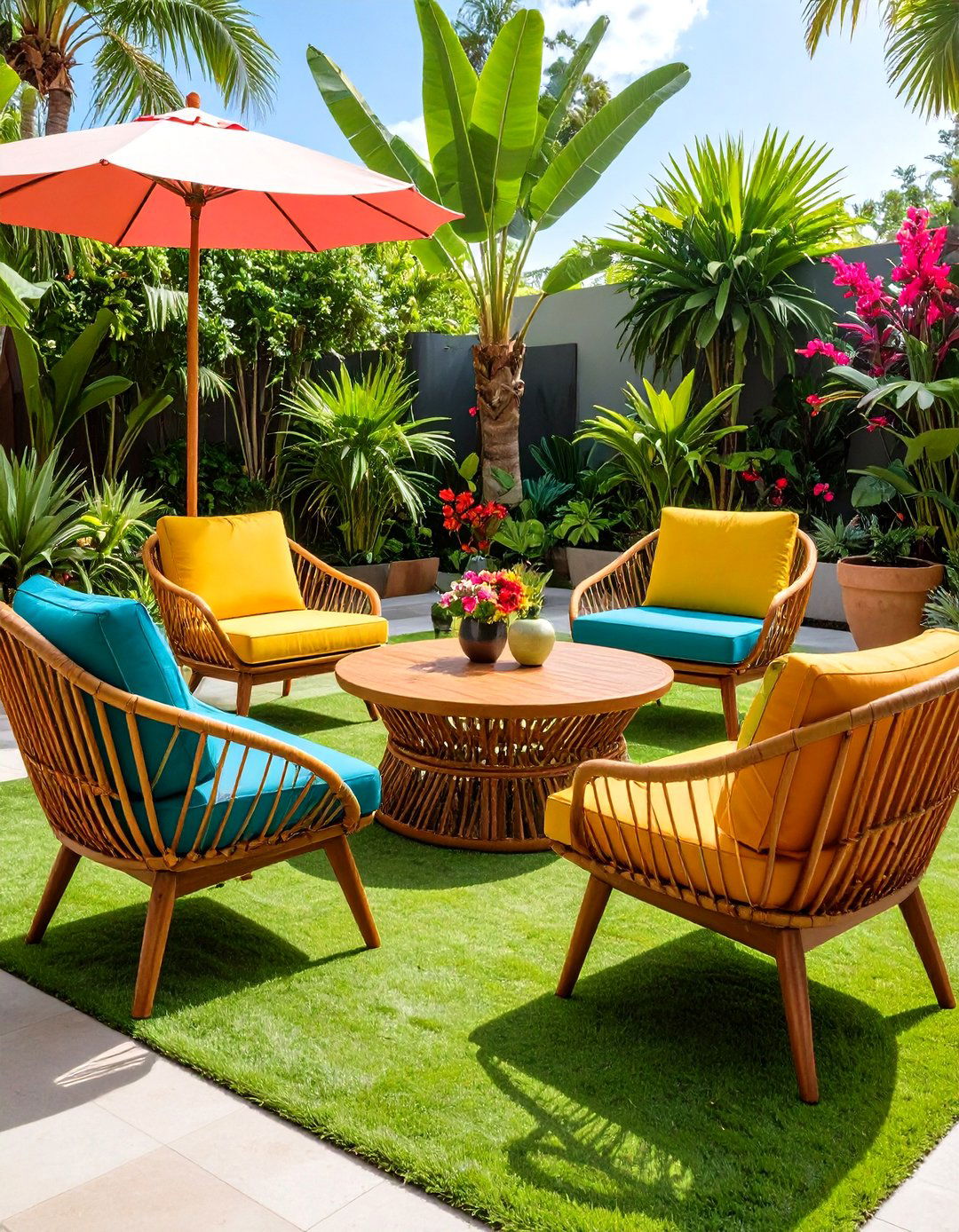
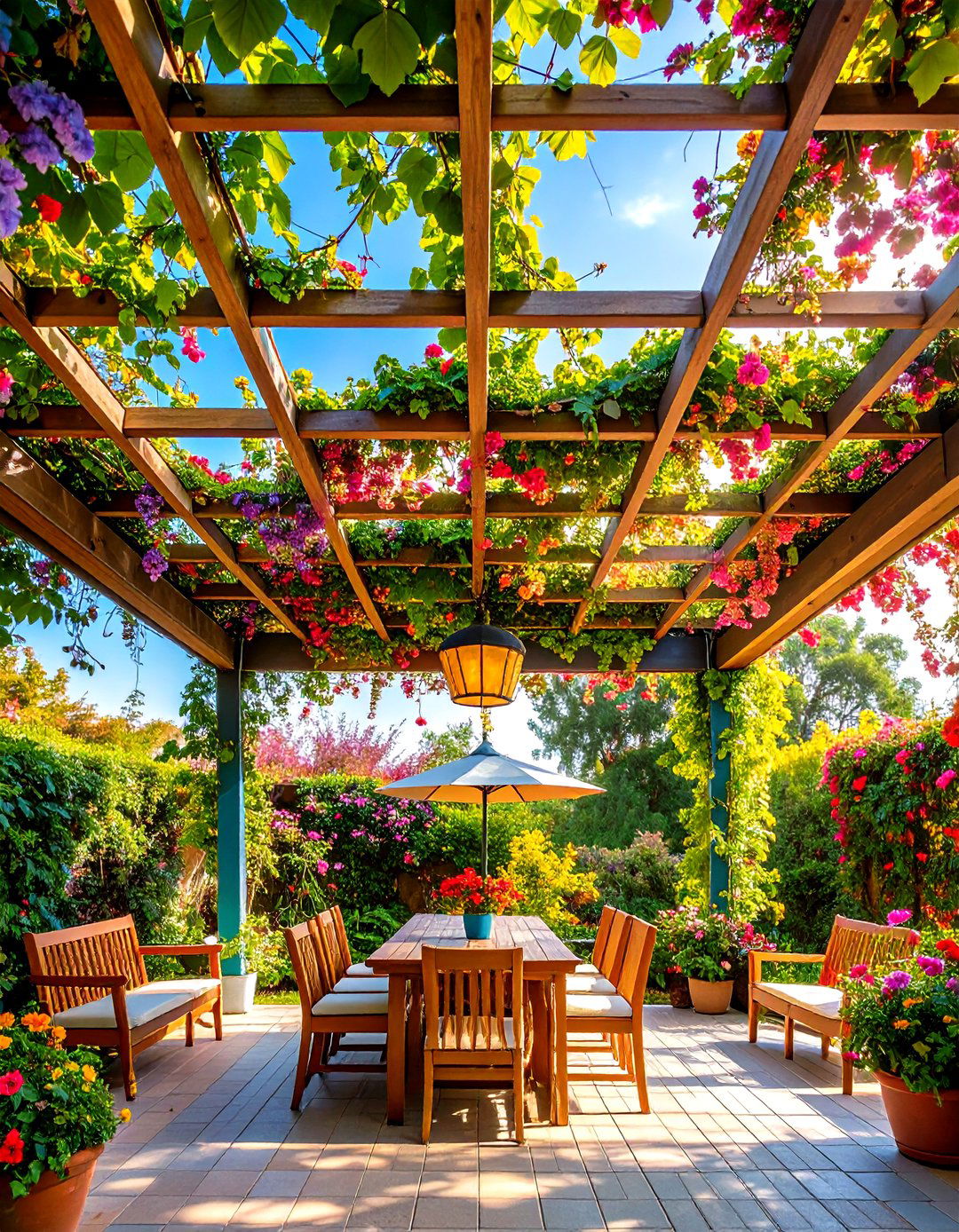
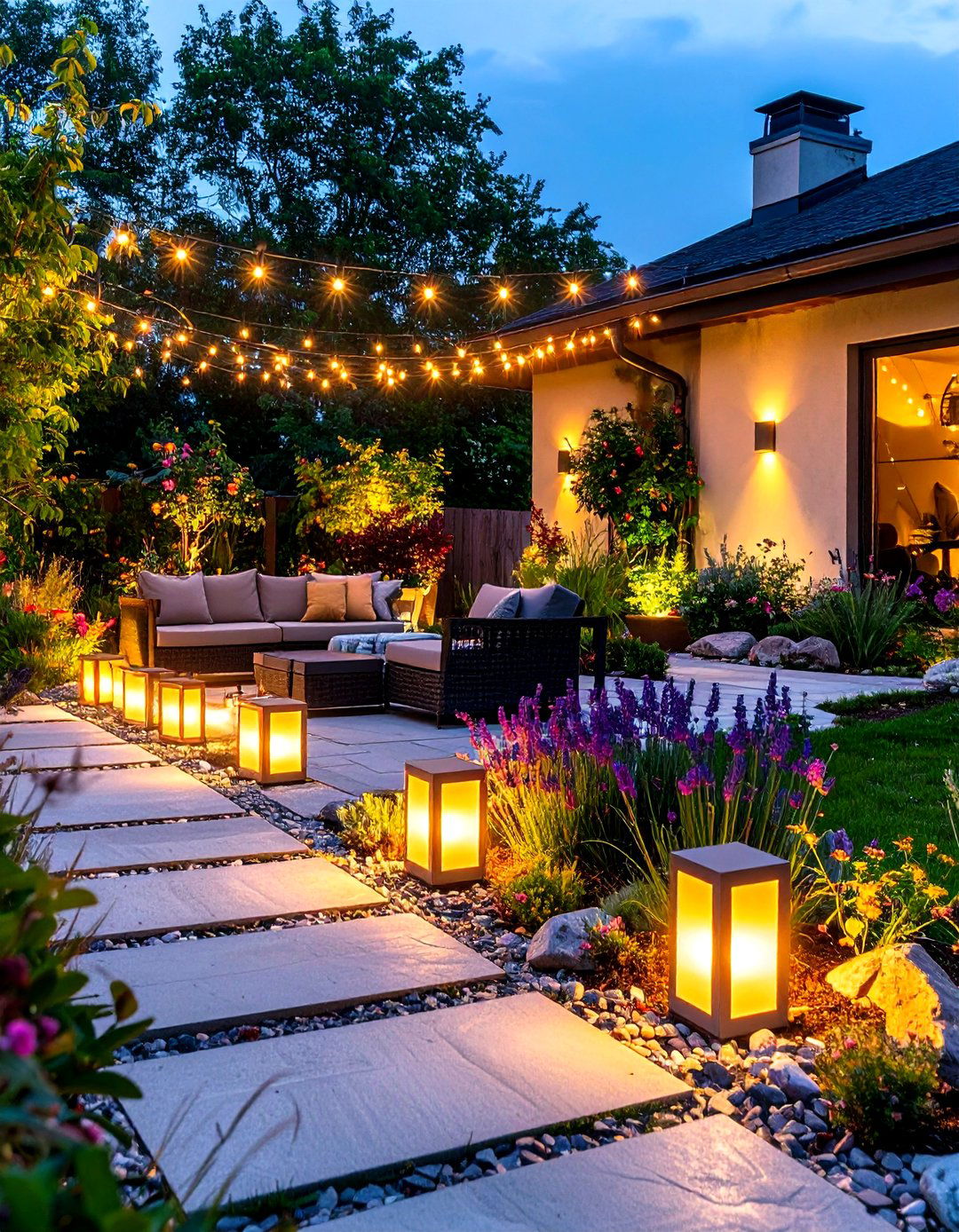
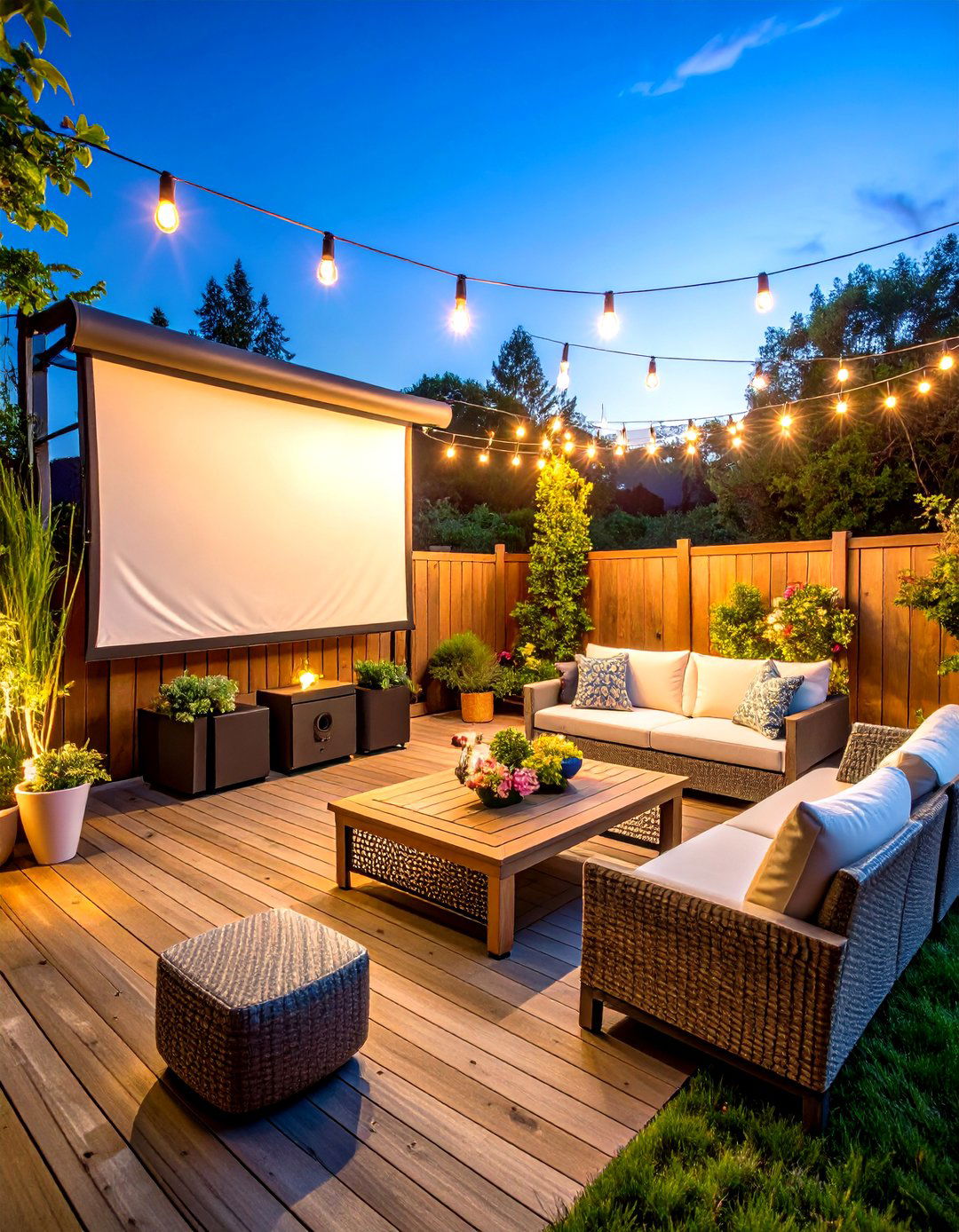
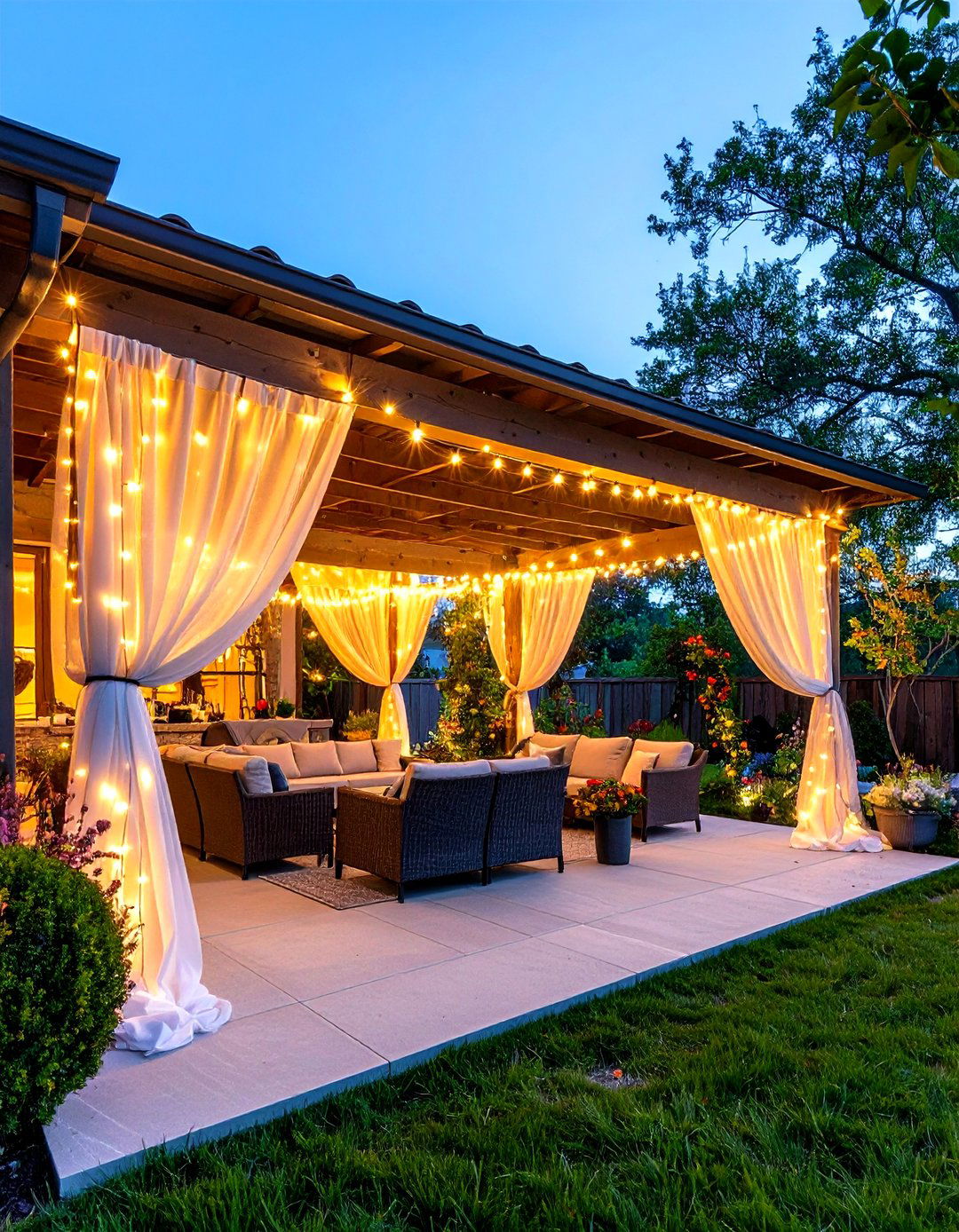
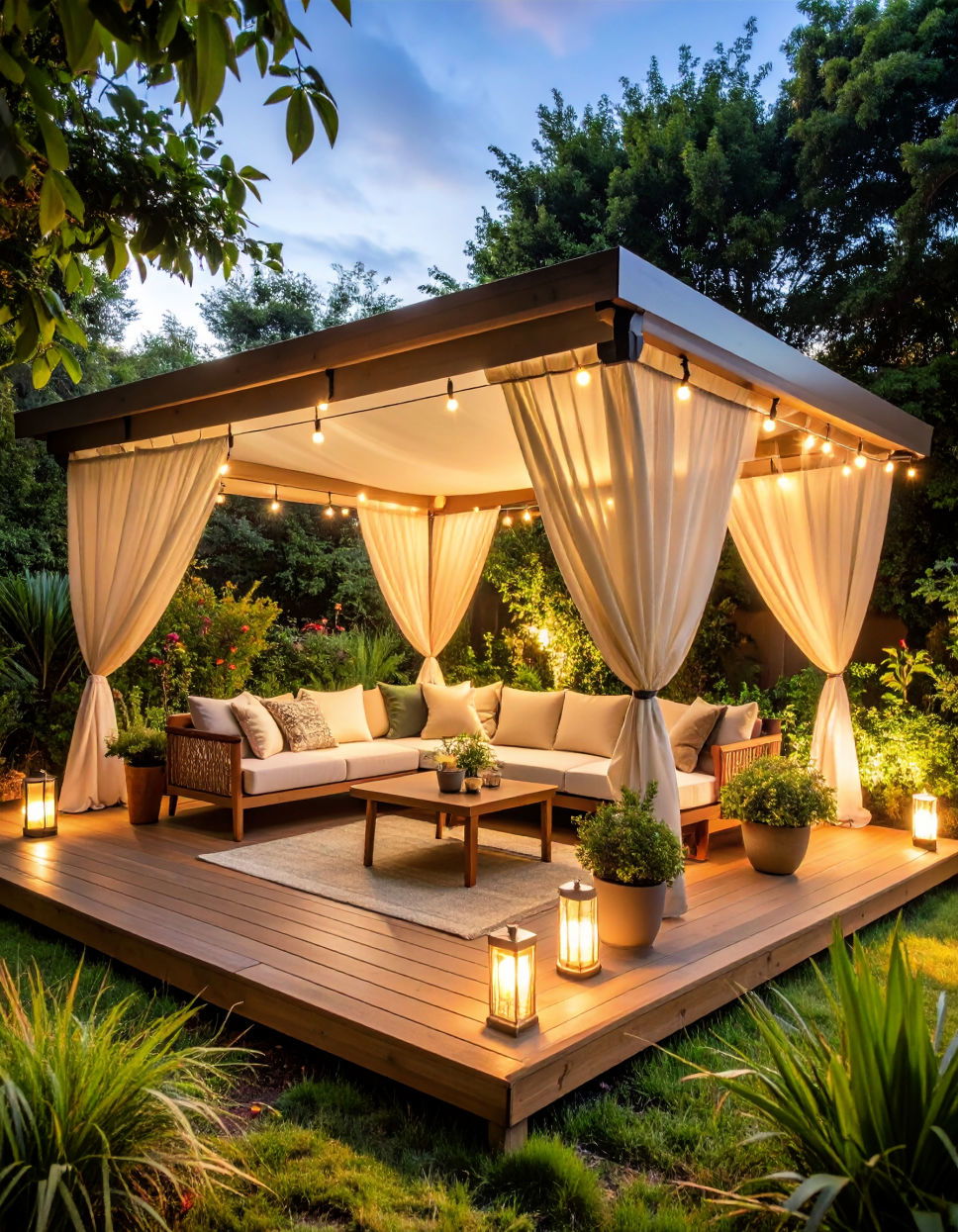
Leave a Reply